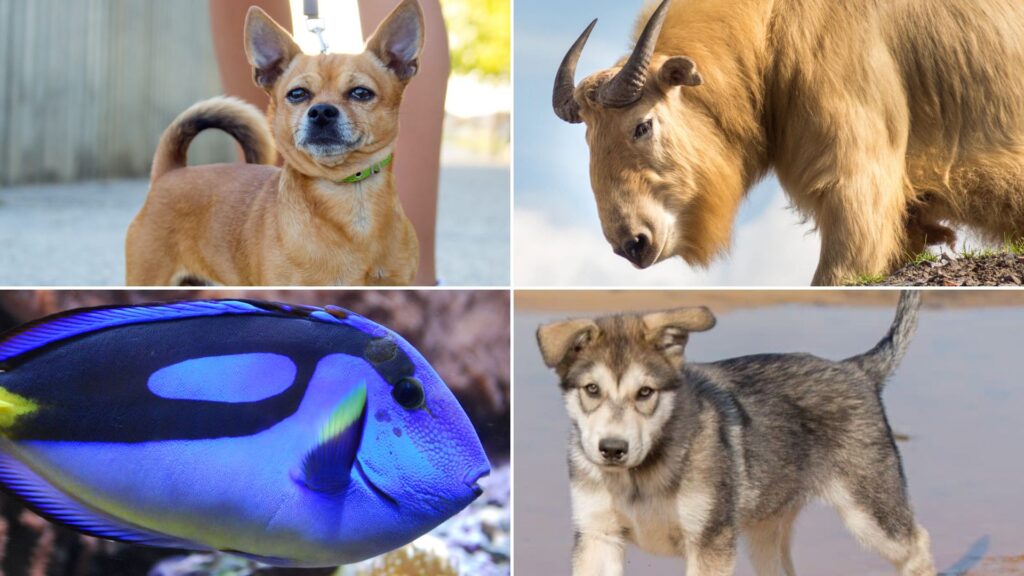From tiny tarsiers to towering tigers, the animal kingdom boasts a treasure trove of creatures whose names begin with “T.” Did you know there are over 100 animals that start with T?
These fascinating beings range from common household pets to rare, exotic species found in the furthest corners of our planet.
Are you curious to learn more? You’re in for a treat! This blog will take you on a wild journey through 50 of the most interesting animals that start with T.
We’ll explore their unique features, habitats, and behaviors, giving you a newfound appreciation for nature’s diversity.
Are you ready to explore? Let’s start this exciting adventure and discover the world of T-named animals together!
Animals That Start with T
Exploring the animal kingdom can be fascinating, especially when focusing on specific alphabet letters.
In this section, we study the diverse and intriguing world of animals that start with the letter “T.”
From the small and adorable to the large and formidable, each entry offers a unique glimpse into the lives and characteristics of these creatures.
Whether you’re a student, a nature enthusiast, or simply curious about wildlife, this compilation provides an engaging overview of animals whose names begin with “T.”
Join us as we research fun facts, scientific names, and essential information about these incredible animals.
1. Taco Terrier

The Taco Terrier is a small designer breed from a cross between a toy fox terrier and a chihuahua.
It is known for its energetic and playful nature, making it a great companion. Taco Terriers have sharp teeth and a strong chewing instinct, so they need chew toys to keep them occupied.
- Region of Habitat: Domestic, mostly in urban areas.
- Scientific Name: Canis lupus
- Place of Origin: United States
- Feeding Habits: Omnivorous, typical dog diet.
- What Sound They Make: Barking, yapping.
Fun Fact: Taco Terriers are known for their sharp teeth and ability to chew things to pieces.
They can quickly destroy soft items left within their reach, so keeping valuable items out of their reach is important.
2. Tailless Whip Scorpion
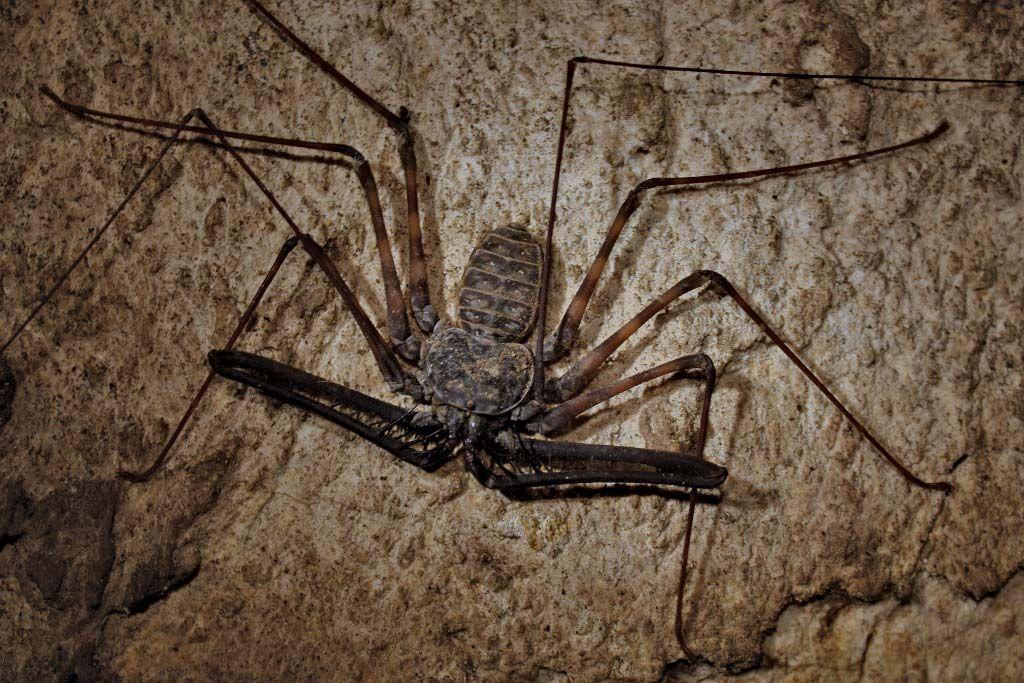
The Tailless Whip Scorpion, despite its intimidating appearance, is harmless to humans. It is an arachnid characterized by its whip-like legs and lack of a tail.
These nocturnal hunters use their long legs to catch prey and navigate their environment.
- Region of Habitat: Tropical and subtropical areas worldwide.
- Scientific Name: Amblypygi
- Place of Origin: Ancient
- Feeding Habits: Predatory, feeding on insects and small arthropods.
- What Sound They Make: Silent.
Fun Fact: These creatures’ average lifespan is 5 to 10 years, but they can live up to 15 years in captivity.
3. Taimen Fish

The Taimen Fish is one of the largest species of salmon, known for its impressive size and strength.
Taimen are apex predators in their river habitats, preying on smaller fish, amphibians, and even small mammals.
- Region of Habitat: Rivers of Russia, Mongolia, and China.
- Scientific Name: Hucho taimen
- Place of Origin: Russia, Mongolia, and China
- Feeding Habits: Carnivorous, preying on smaller fish, amphibians, and small mammals.
- What Sound They Make: Silent.
Fun Fact: Considered one of the oldest species on earth with fossilized remains over 40 million years old.
4. Taipan
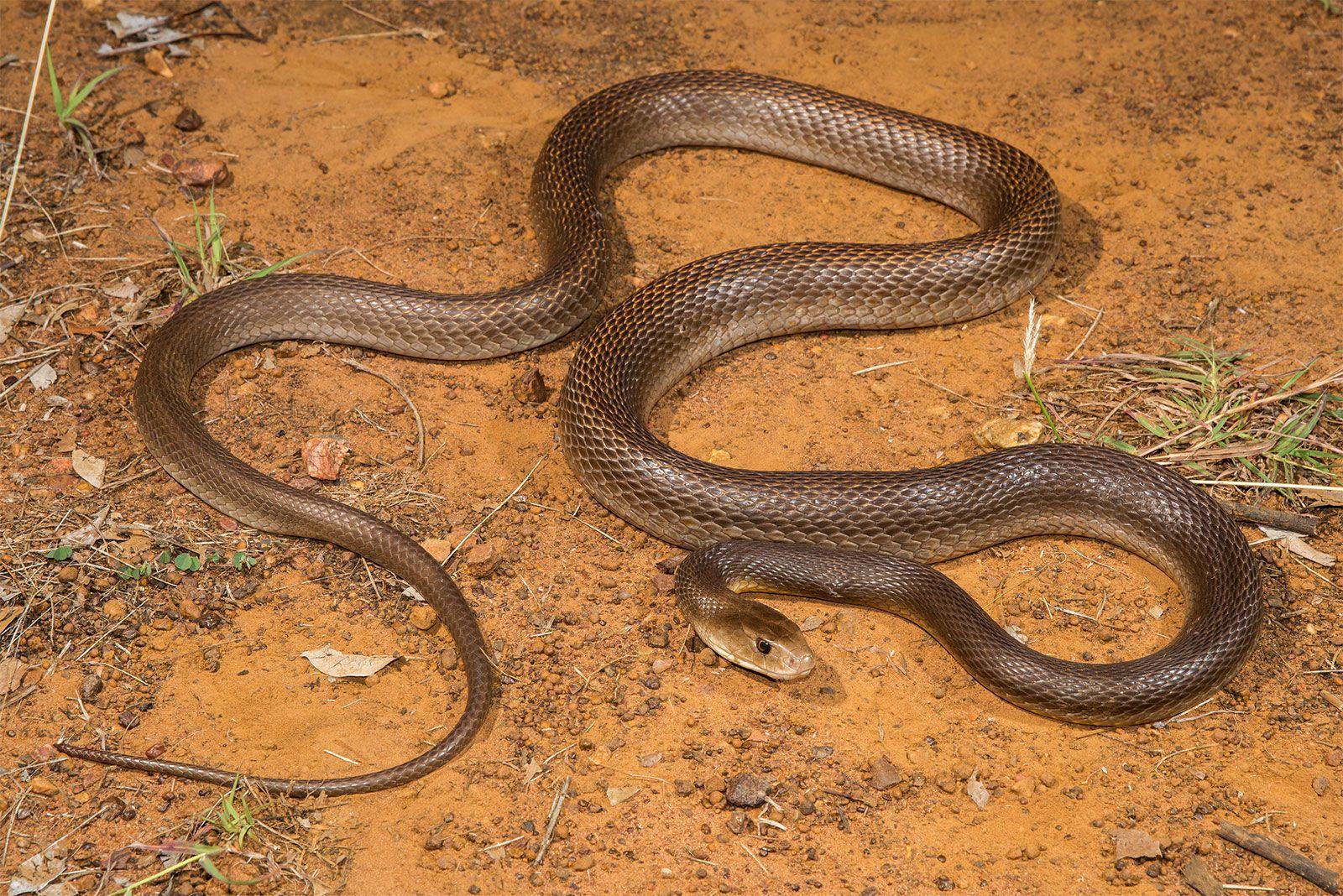
The Taipan is a highly venomous snake found in Australia and New Guinea. It is known for its potent venom, among the most toxic of any snake.
Taipans are fast-moving and can deliver a fatal bite. They primarily feed on small mammals like rats and mice, helping to control pest populations.
- Region of Habitat: Australia and New Guinea.
- Scientific Name: Oxyuranus
- Place of Origin: Australia and New Guinea
- Feeding Habits: Carnivorous, feeding on small mammals.
- What Sound They Make: Hissing.
Fun Fact: Taipans are known for their incredibly potent venom, which can kill a human in less than an hour if untreated.
Despite their fearsome reputation, they are solitary and avoid human contact whenever possible.
5. Takin
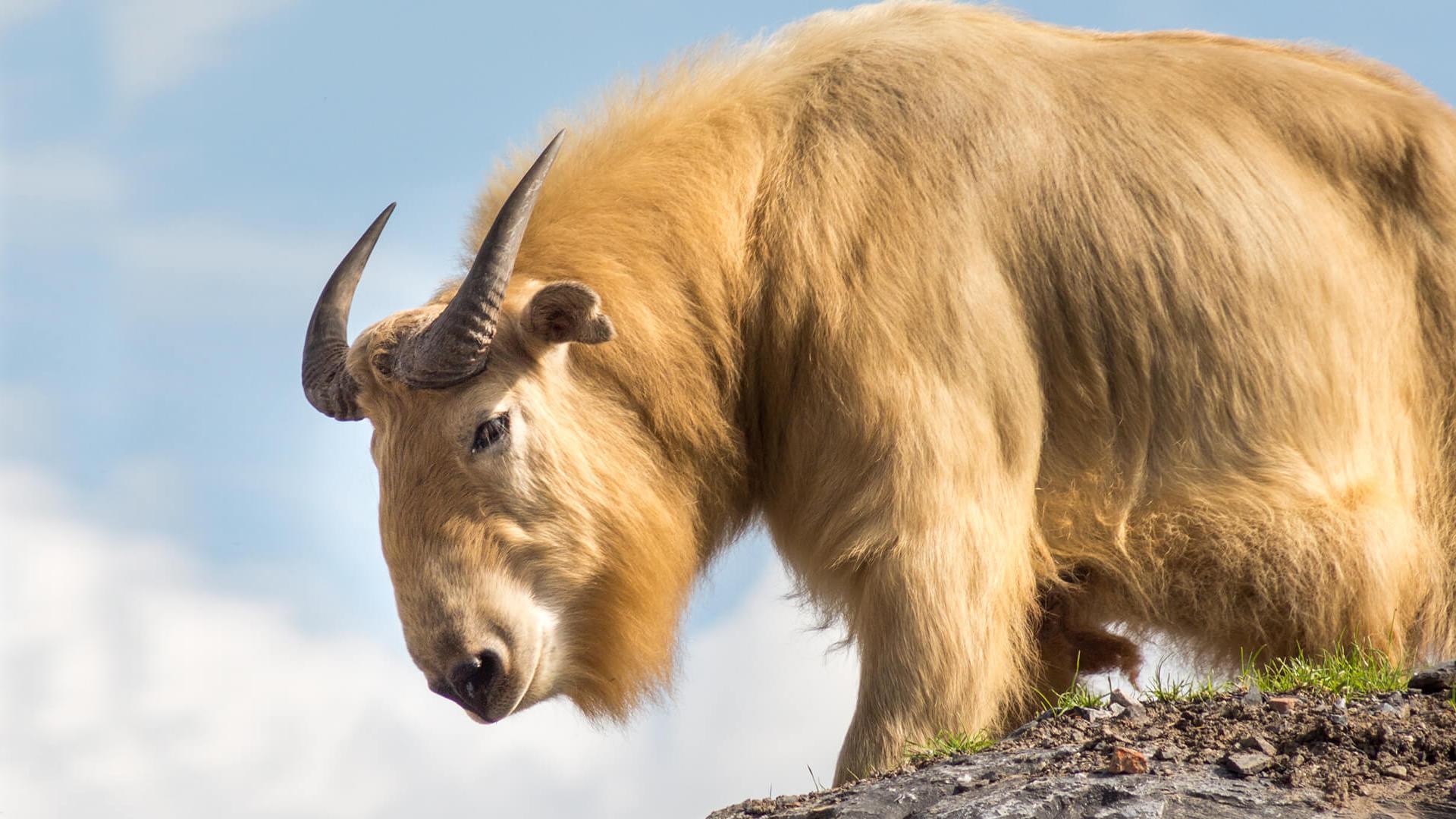
The Takin is a large, muscular animal resembling a cross between a cow, an antelope, and a goat. Native to the Himalayas, it is well adapted to rugged terrain.
They live in herds and graze on grasses and shrubs. They are also known for their distinctive “grunting” communication sounds.
- Region of Habitat: Himalayan areas.
- Scientific Name: Budorcas taxicolor
- Place of Origin: Himalayas
- Feeding Habits: Herbivorous, grazing on grasses and shrubs.
- What Sound They Make: Grunting.
Fun Fact: Takins have unique skin that secretes an oily substance, protecting them from their mountainous habitats’ cold and wet conditions.
Takins are known for their impressive leaping ability, reaching up to 6 feet in the air.
6. Tamarin
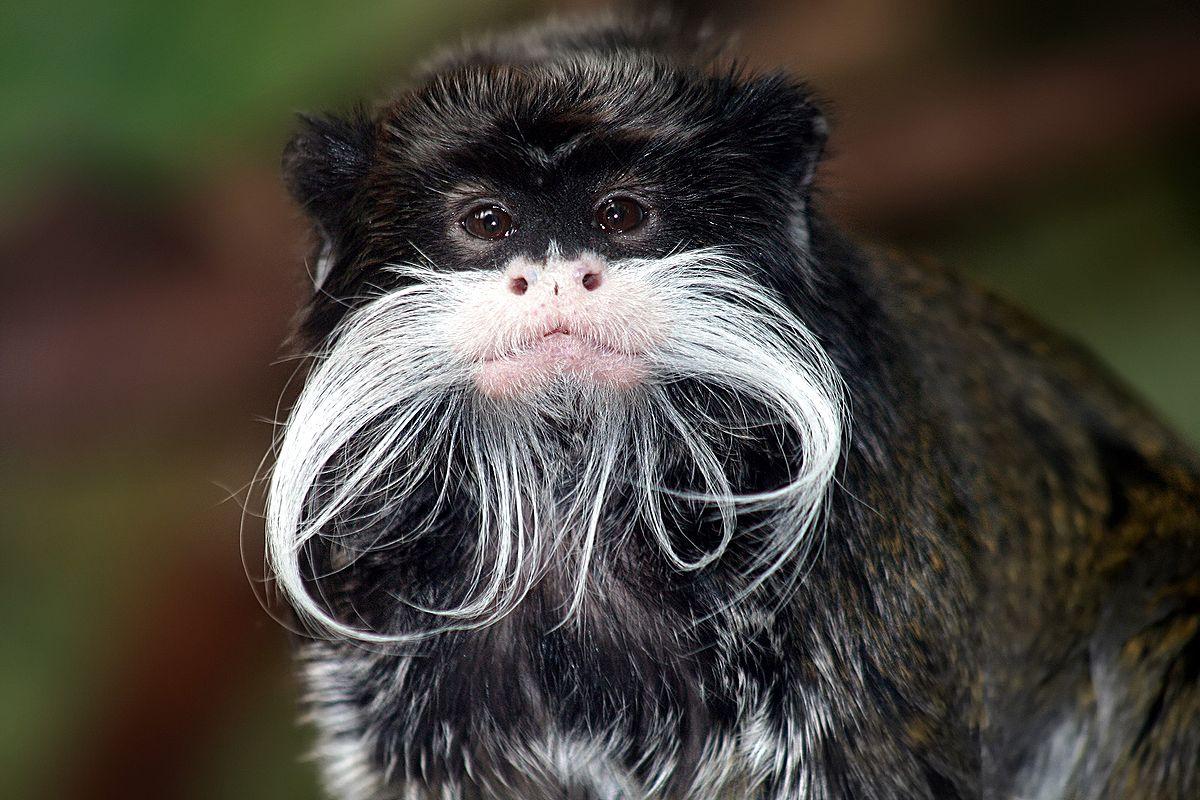
Tamarins are small New World monkeys known for their vibrant colors and lively behavior.
They are social animals living in family groups in the rainforests of Central and South America.
Tamarins have long tails and sharp claws, which aid in climbing and feeding.
- Region of Habitat: Southern Central America and the Amazon Basin in South America.
- Scientific Name: Saguinus
- Place of Origin: Central and South America
- Feeding Habits: Omnivorous, feeding on fruits, insects, and small vertebrates.
- What Sound They Make: Chattering, squeaking.
Fun Fact: Tamarins, often birthing fraternal twins, exhibit cooperative parenting, where family members help care for the young.
Their social structure and grooming behaviors are essential for maintaining group bonds.
7. Tamaskan

The Tamaskan is a dog breed developed in the 1980s to resemble a wolf. Despite their wild appearance, Tamaskans are known for their gentle and friendly nature.
They are highly intelligent and versatile, making them excellent working dogs.
- Region of Habitat: Domestic, mostly in Europe and North America.
- Scientific Name: Canis lupus
- Place of Origin: Europe
- Feeding Habits: Omnivorous, typical dog diet.
- What Sound They Make: Barking, howling.
Fun Fact: Tamaskans are bred to resemble wolves but are known for their friendly and gentle temperament.
They excel in various dog sports due to their intelligence and high trainability.
8. Tang

Tang fish, or surgeonfish, are popular among aquarium enthusiasts for their vibrant colors and striking patterns.
These fish are native to coral reefs and play a crucial role in maintaining the ecosystem by grazing on algae.
- Region of Habitat: Shallow coral reefs worldwide.
- Scientific Name: Acanthuridae
- Place of Origin: Coral reefs worldwide
- Feeding Habits: Herbivorous, feeding on algae.
- What Sound They Make: Silent.
Fun Fact: Tangs are known for their sharp spines on the tail, which they use to defend against predators. Dory in Finding Nemo was a Tang.
9. Tangerine Leopard Gecko
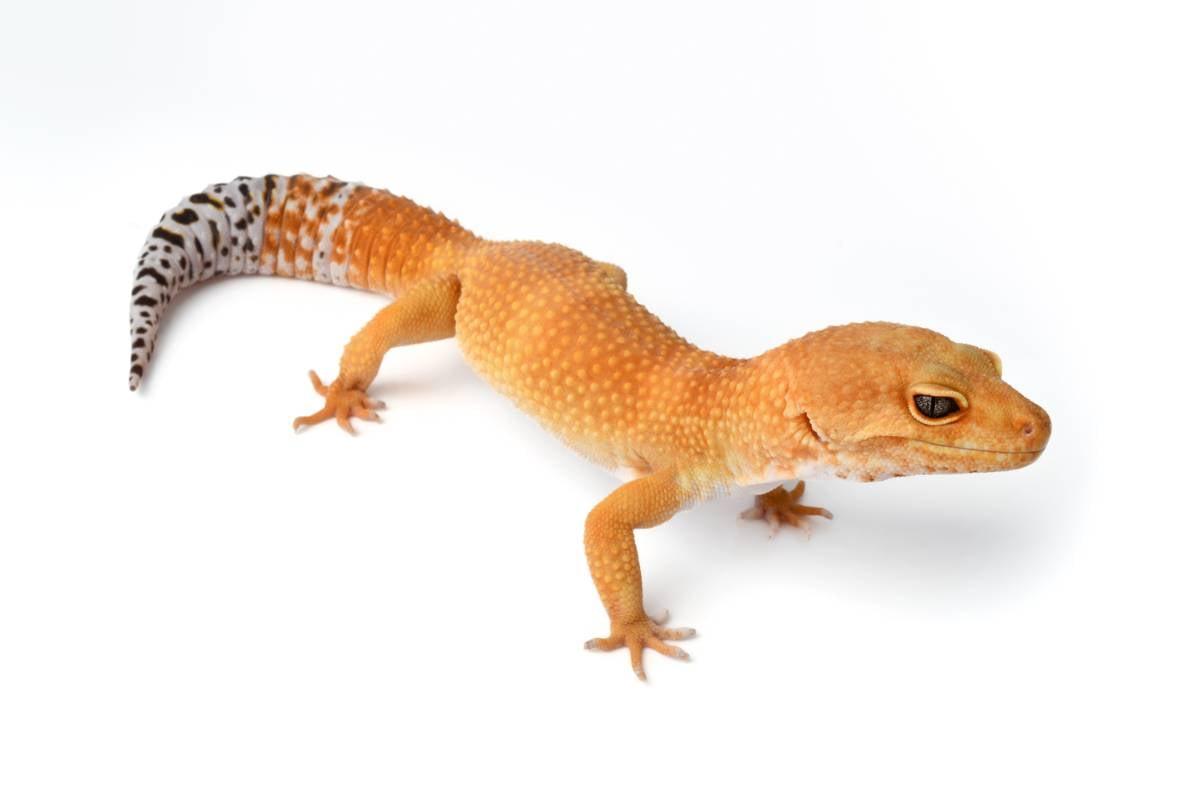
The Tangerine Leopard Gecko is a popular pet lizard known for its bright orange coloration.
Unlike most geckos, it has movable eyelids and lacks the sticky toe pads that allow other geckos to climb smooth surfaces.
- Region of Habitat: Domestic, originally from Middle Eastern regions.
- Scientific Name: Eublepharis macularius
- Place of Origin: Middle East
- Feeding Habits: Insectivorous, feeding on insects.
- What Sound They Make: Chirping.
Fun Fact: Tangerine Leopard Geckos are unique among geckos for having movable eyelids.
Their bright orange coloration and gentle nature make them popular for reptile enthusiasts.
10. Tapanuli Orangutan
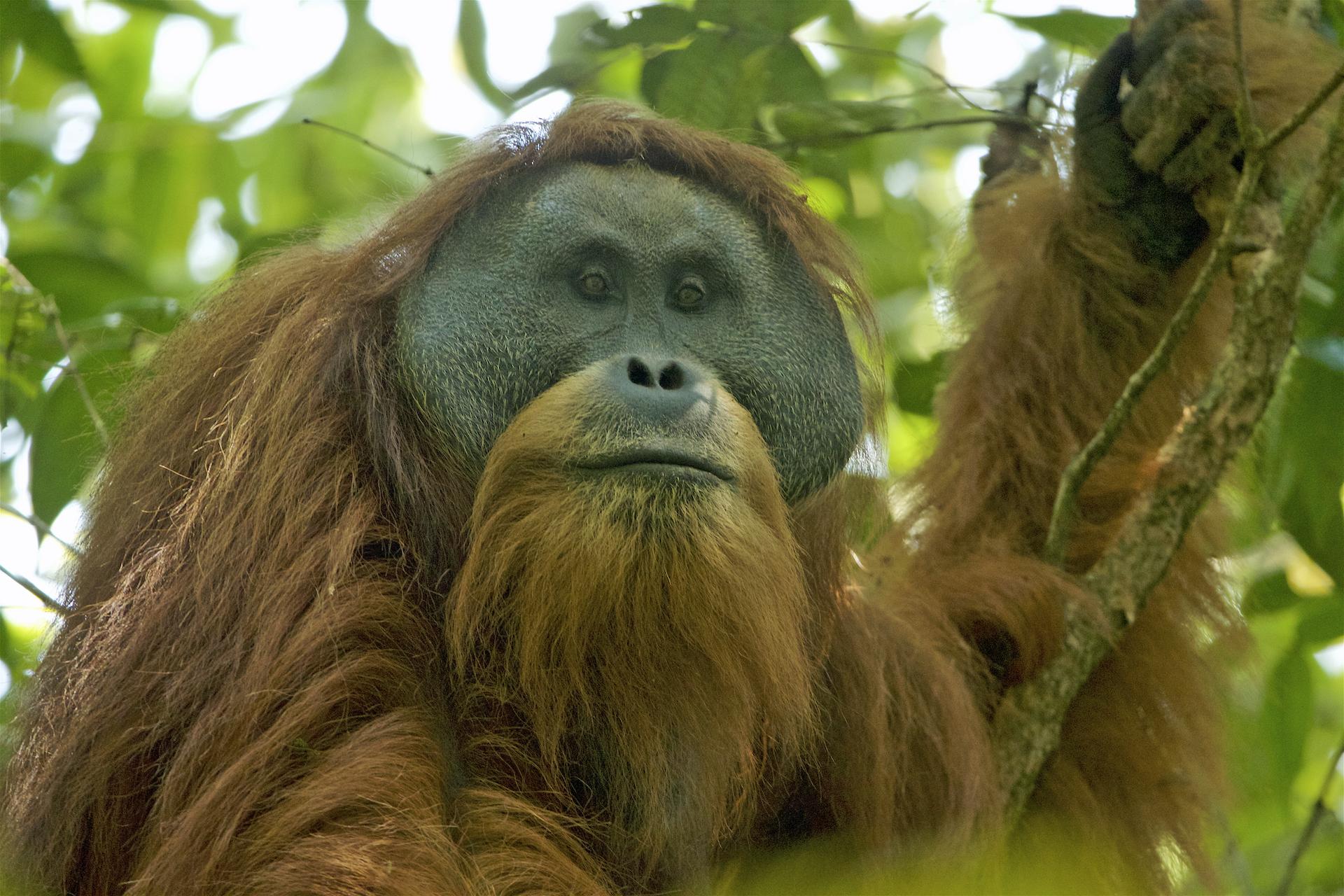
The Tapanuli Orangutan is a newly identified species of great ape found in the mountainous regions of northwestern Sumatra.
It is the rarest and most endangered orangutan species. These orangutans spend most of their lives in the trees.
- Region of Habitat: Northwestern Sumatra, Indonesia.
- Scientific Name: Pongo tapanuliensis
- Place of Origin: Sumatra
- Feeding Habits: Omnivorous, primarily fruits, leaves, and insects.
- What Sound They Make: Long calls.
Fun Fact: The Tapanuli Orangutan, the rarest orangutan species, inhabits an isolated mountain range in northwestern Sumatra.
With only around 800 individuals remaining, they have unique vocalizations different from other orangutan species.
11. Tapir
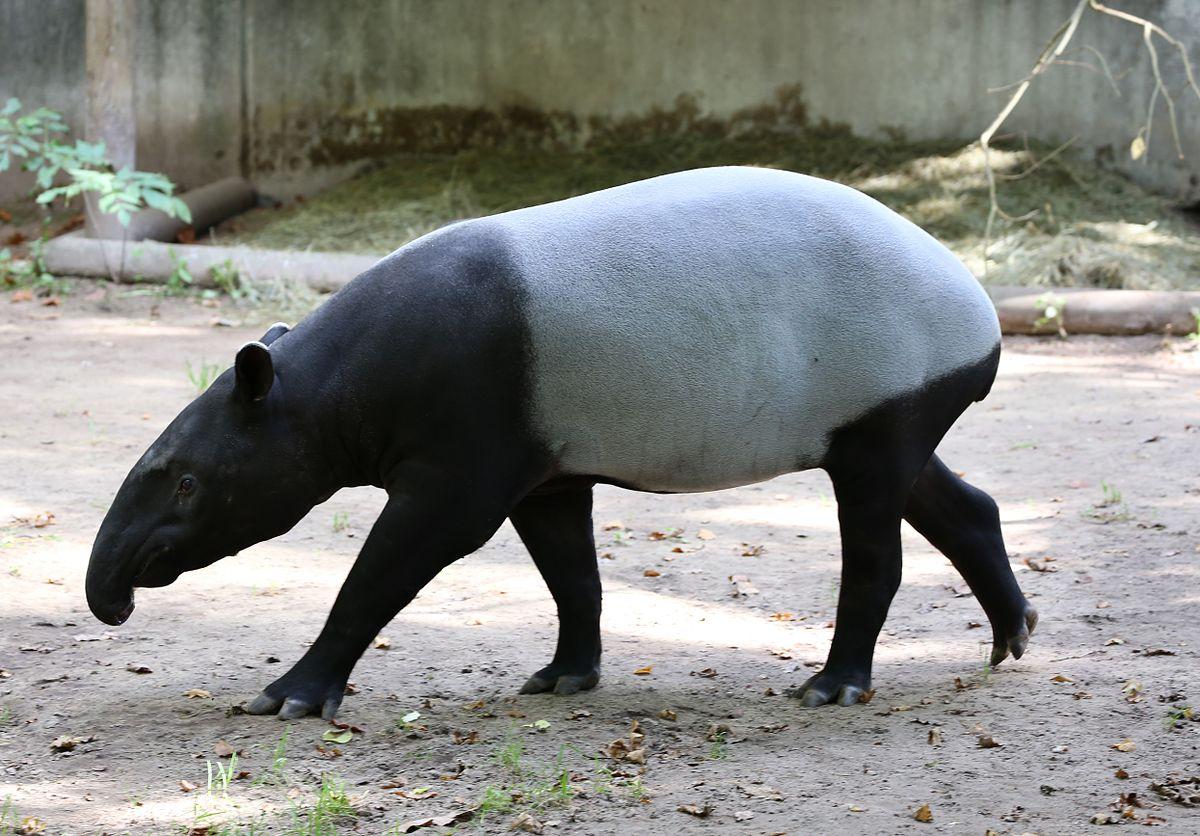
Tapirs are large, herbivorous mammals with distinctive elongated snouts.
They are related to horses and rhinos found in forests and grasslands in Central and South America and Southeast Asia.
- Region of Habitat: Central and South America, Southeast Asia.
- Scientific Name: Tapirus
- Place of Origin: Central and South America, Southeast Asia
- Feeding Habits: Herbivorous, feeding on leaves, fruits, and twigs.
- What Sound They Make: Whistling, squeaking.
Fun Fact: Tapirs use their prehensile snouts to grab leaves and fruits. Excellent swimmers often stay in the water to cool off and avoid predators.
12. Tarantula
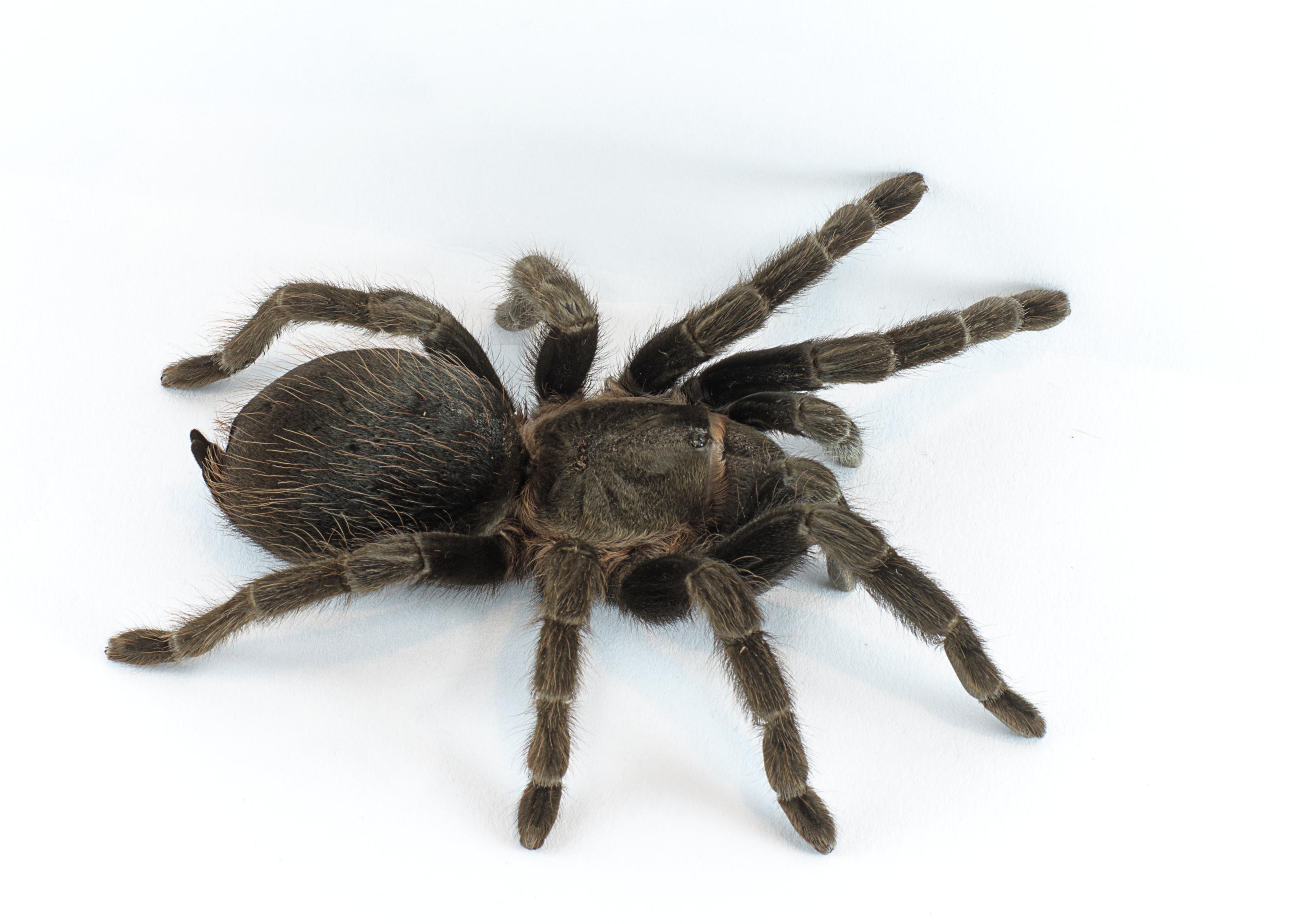
Tarantulas are large, hairy spiders found in warm regions around the world.
Despite their fearsome appearance, most tarantulas are harmless to humans and use their venom primarily to subdue prey.
- Region of Habitat: Warm areas worldwide.
- Scientific Name: Theraphosidae
- Place of Origin: Worldwide
- Feeding Habits: Carnivorous, feeding on insects and small vertebrates.
- What Sound They Make: Silent.
Fun Fact: Tarantulas vary in size and color, and there are over 1,000 species. They are known for their molting process, during which they shed their exoskeleton to grow, making them fascinating pets for many enthusiasts.
13. Tarantula Hawk
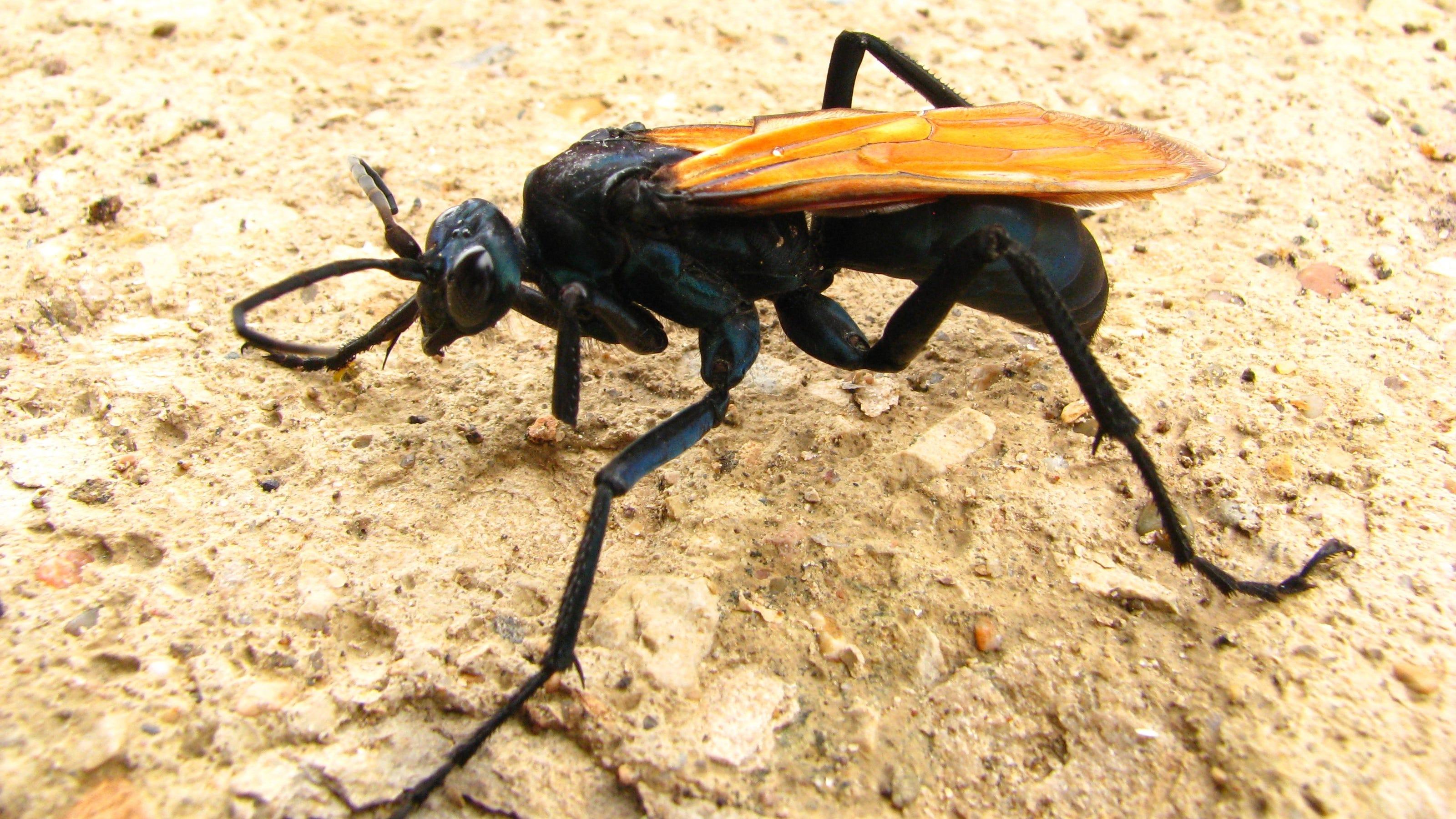
The Tarantula Hawk is a large wasp known for its metallic blue-black body and bright orange wings.
It gets its name from its unique hunting behavior, in which it paralyzes tarantulas and drags them to its burrow to feed its larvae.
- Region of Habitat: Deserts and grasslands worldwide.
- Scientific Name: Pepsis
- Place of Origin: Worldwide
- Feeding Habits: Carnivorous, feeding on tarantulas.
- What Sound They Make: Buzzing.
Fun Fact: Despite its painful sting, the Tarantula Hawk is valuable for pollination.
It hunts tarantulas by paralyzing them and dragging them to their burrows as food for their larvae.
14. Tarbosaurus

The Tarbosaurus was a large theropod dinosaur closely related to the Tyrannosaurus rex. It lived during the Late Cretaceous period in what is now Asia.
This carnivorous dinosaur had a massive skull and powerful jaws with sharp teeth.
Fossil evidence suggests it was a top predator in its ecosystem.
- Region of Habitat: Asia, particularly Mongolia and China.
- Scientific Name: Tarbosaurus bataar
- Place of Origin: Mongolia and China
- Feeding Habits: Carnivorous, feeding on other dinosaurs.
- What Sound They Make: Silent (extinct).
Fun Fact: The name “bataar” is a misspelling of the Mongolian word for “hero.”
15. Tarpon
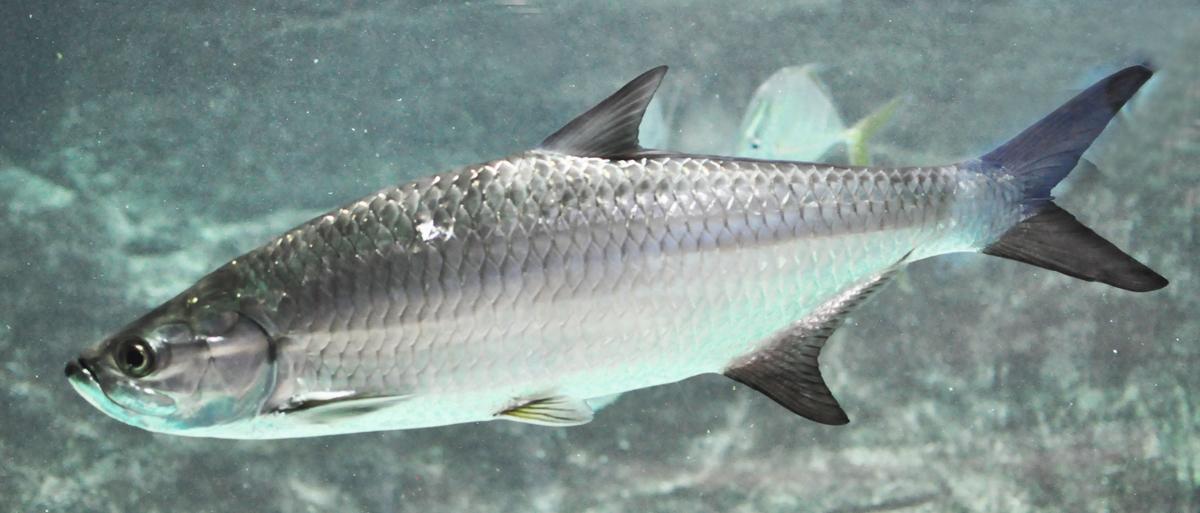
The Tarpon is a large, powerful fish known for its acrobatic leaps and strong fight when hooked.
It inhabits saltwater and freshwater environments and is a popular game fish among anglers.
Tarpons are easily recognizable by their large scales and upturned mouths, which they use to gulp air from the surface.
- Region of Habitat: Atlantic and Indo-Pacific oceans, rivers, and estuaries.
- Scientific Name: Megalops
- Place of Origin: Worldwide
- Feeding Habits: Carnivorous, feeding on smaller fish and crustaceans.
- What Sound They Make: Silent.
Fun Fact: Tarpons are known for their acrobatic leaps and strong fight when hooked, making them popular among anglers.
16. Tarsier
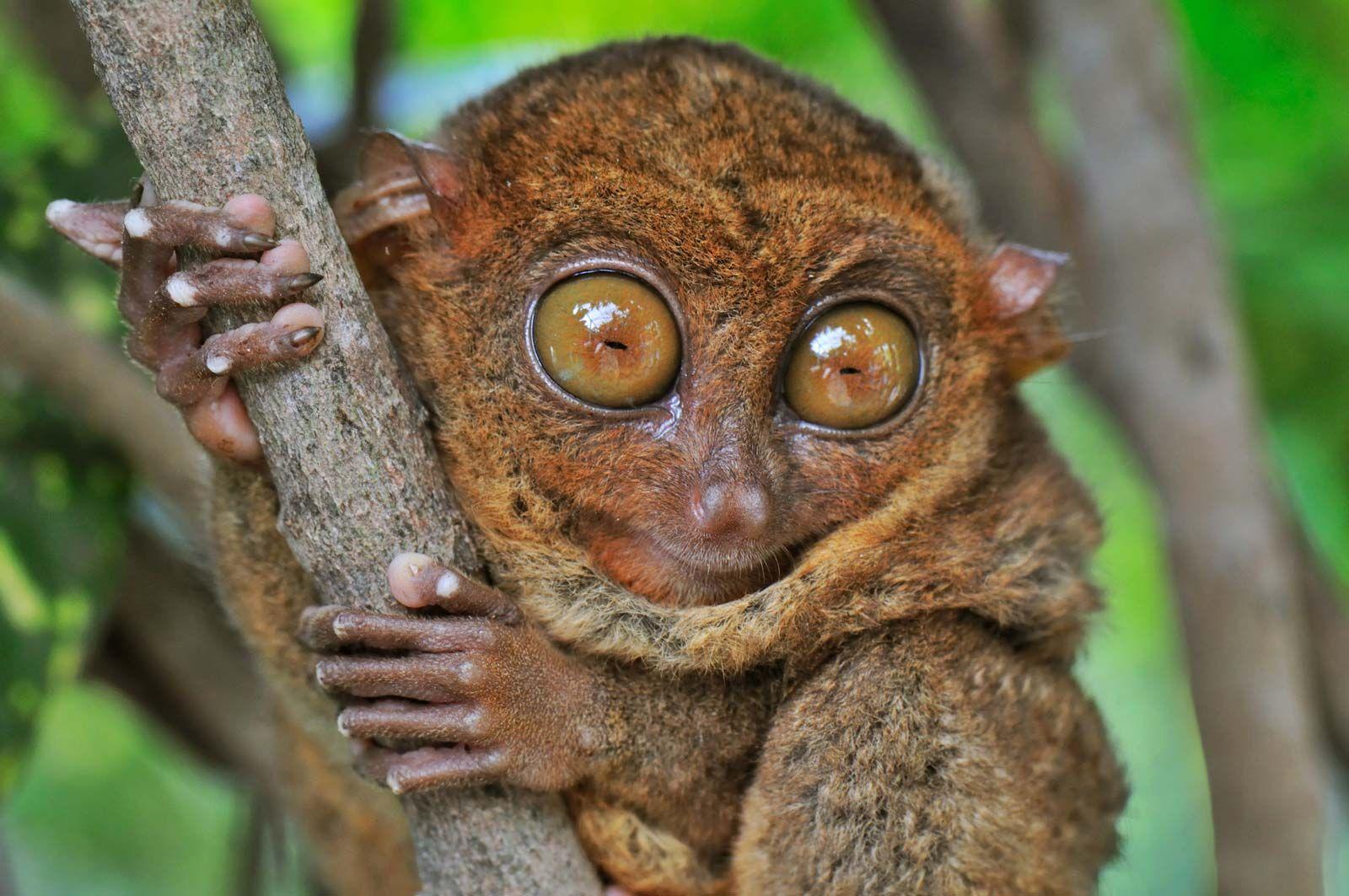
Tarsiers are small primates known for their enormous eyes, adapted for nocturnal vision. They have long fingers and toes with adhesive pads that help them cling to branches.
They are insectivorous and play a crucial role in controlling insect populations.
- Region of Habitat: Southeast Asia, particularly the Philippines, Borneo, and Sumatra.
- Scientific Name: Tarsius
- Place of Origin: Southeast Asia
- Feeding Habits: Insectivorous, feeding on insects and small vertebrates.
- What Sound They Make: Screeching.
Fun Fact: Tarsiers have the largest eyes of any mammal relative to their body size, adapted for nocturnal vision.
Their ability to leap great distances between trees makes them agile insect hunters.
17. Tasmanian Devil
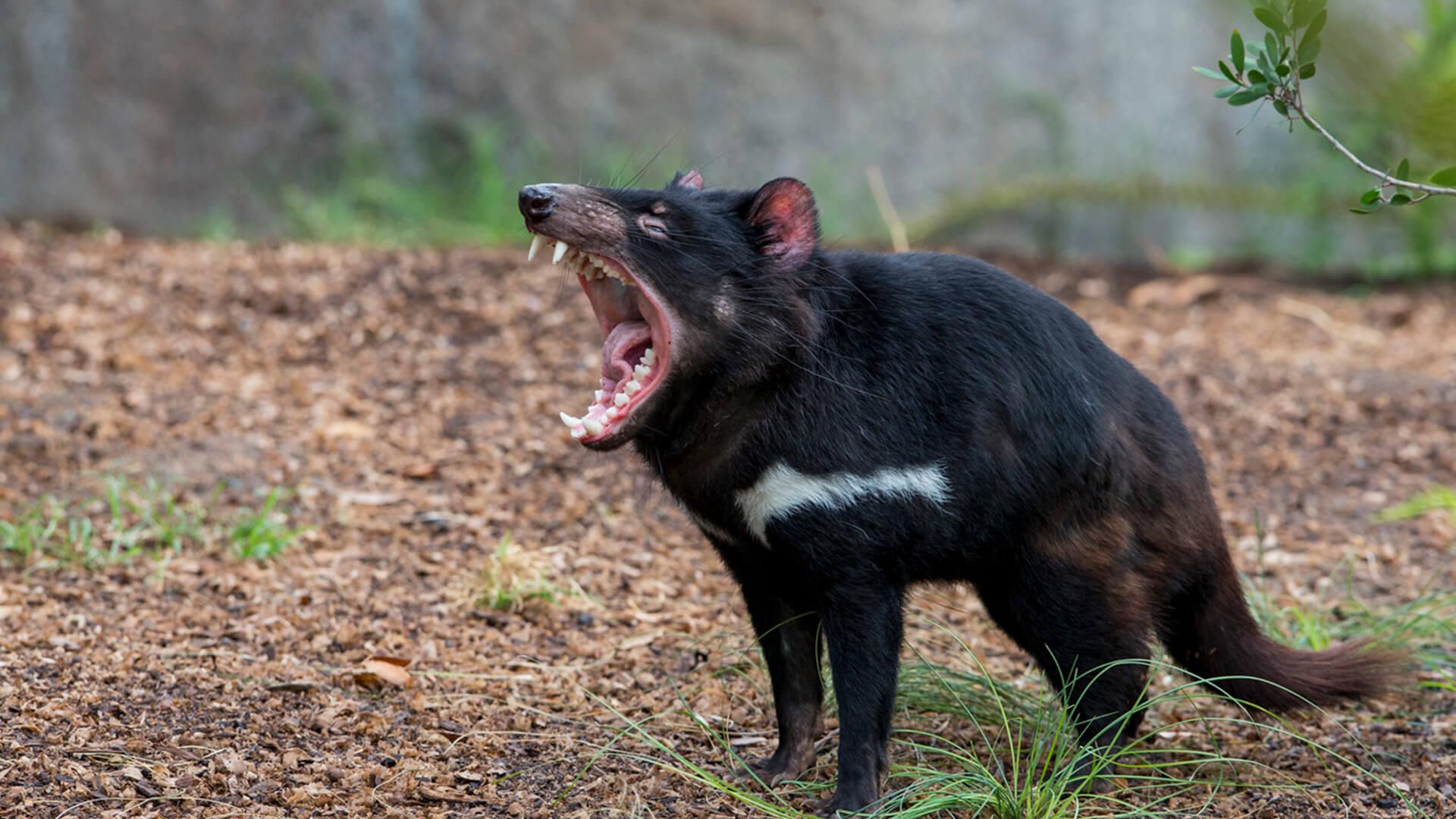
The Tasmanian Devil is a carnivorous marsupial native to the island of Tasmania. It has a stocky build, black fur, and a distinctive white stripe on its chest.
Known for its powerful jaws and ferocious temperament, the Tasmanian Devil is a scavenger that feeds on carrion.
- Region of Habitat: Tasmania, Australia.
- Scientific Name: Sarcophilus harrisii
- Place of Origin: Tasmania
- Feeding Habits: Carnivorous, feeding on carrion and small animals.
- What Sound They Make: Screeching, growling.
Fun Fact: Tasmanian Devils are known for their loud, sneeze-like calls. As scavengers, they play a crucial role in their ecosystem by cleaning up carcasses and helping to control disease spread.
18. Tasmanian Tiger

The Tasmanian Tiger, the Thylacine, was a carnivorous marsupial native to Australia, Tasmania, and New Guinea.
It had a dog-like appearance with distinct tiger-like stripes on its back.
- Region of Habitat: Historically, it has been in Australia, Tasmania, and New Guinea.
- Scientific Name: Thylacinus cynocephalus
- Place of Origin: Australia, Tasmania, and New Guinea
- Feeding Habits: Carnivorous, feeding on small mammals and birds.
- What Sound They Make: Silent (extinct).
Fun Fact: The Tasmanian Tiger, or Thylacine, could open its mouth nearly 90 degrees.
Despite their extinction in 1936, sightings are still reported, fueling myths and conservation discussions.
19. Tasmanian Tiger Snake
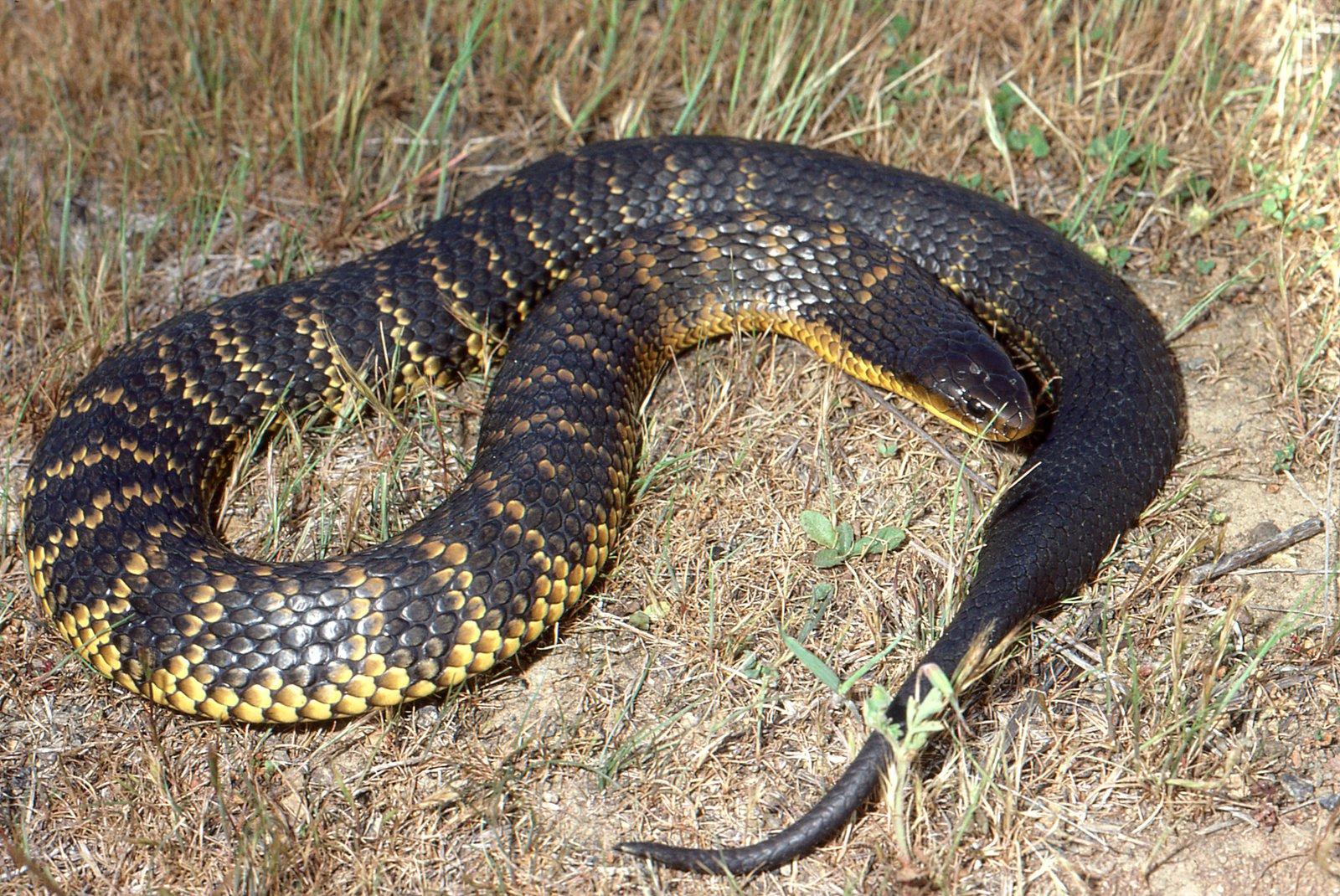
The Tasmanian Tiger Snake is a highly venomous snake in Tasmania and parts of southern Australia.
It gets its name from the distinctive tiger-like stripes on its body. They primarily inhabit wetlands, rivers, and coastal areas.
- Region of Habitat: Tasmania and southern Australia.
- Scientific Name: Notechis scutatus
- Place of Origin: Tasmania and Australia
- Feeding Habits: Carnivorous, feeding small mammals, birds, and amphibians.
- What Sound They Make: Hissing.
Fun Fact: Tasmanian Tiger Snakes are named for their tiger-like stripes. These highly venomous snakes primarily inhabit wetlands and coastal areas, using their bands for camouflage among vegetation.
20. Tawny Frogmouth
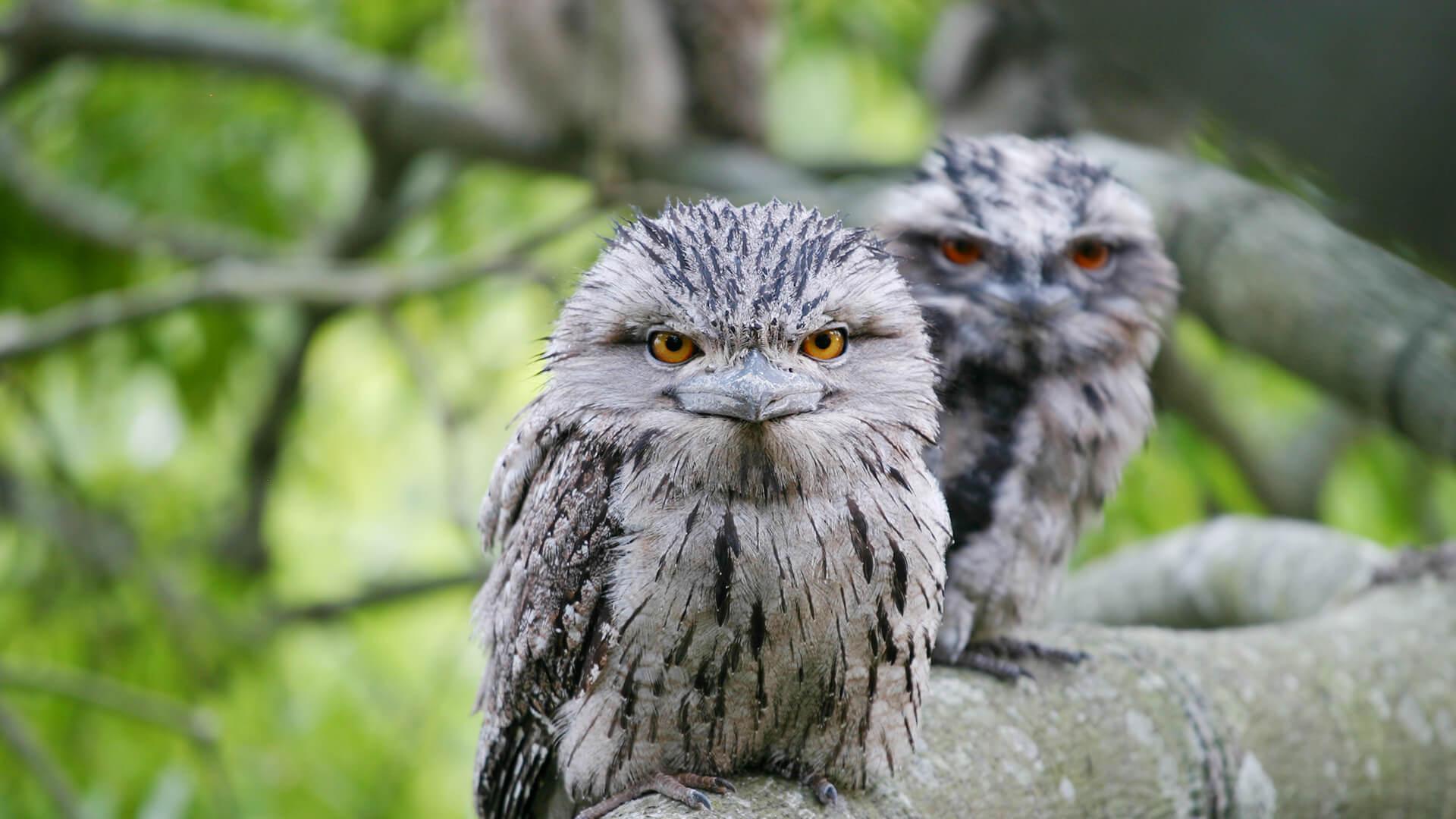
The Tawny Frogmouth is a nocturnal bird native to Australia and Tasmania.
It is known for its excellent camouflage, resembling a broken branch when it perches motionless during the day.
- Region of Habitat: Australia and Tasmania.
- Scientific Name: Podargus strigoides
- Place of Origin: Australia and Tasmania
- Feeding Habits: Carnivorous, feeding on insects and small vertebrates.
- What Sound They Make: Soft, low-pitched “oom-oom” call.
Fun Fact: Tawny Frogmouths are masters of camouflage, resembling broken branches when perched.
Their large, frog-like mouths help them catch insects and small vertebrates at night.
21. Tawny Mining Bee
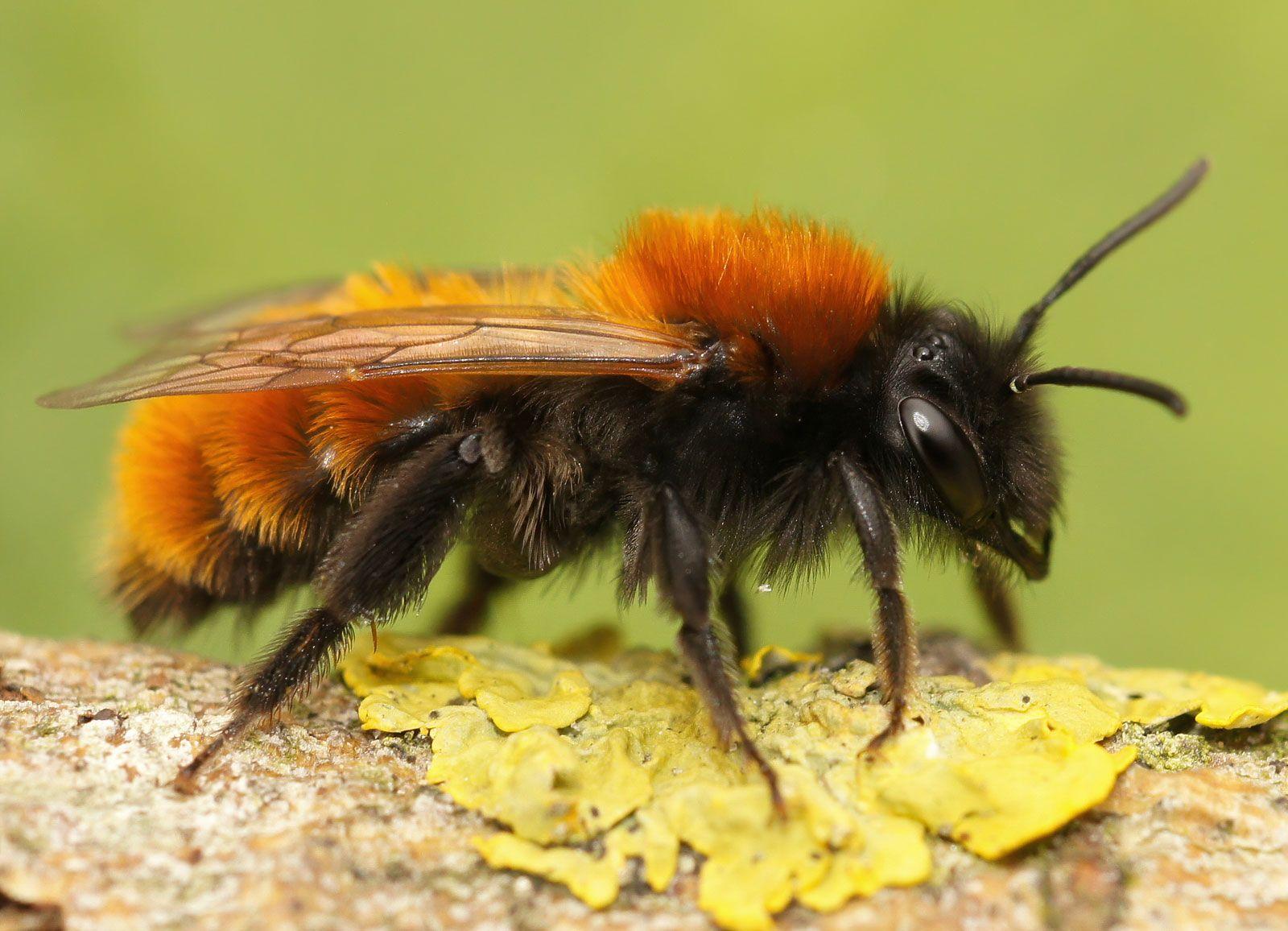
The Tawny Mining Bee is a solitary species known for its bright orange-red fur.
These bees are important pollinators often seen in gardens and meadows during spring.
- Region of Habitat: Europe and parts of Asia.
- Scientific Name: Andrena fulva
- Place of Origin: Europe and Asia
- Feeding Habits: Herbivorous, feeding on nectar and pollen.
- What Sound They Make: Buzzing.
Fun Fact: The Tawny Mining Bee is crucial in pollination, particularly in gardens and meadows.
Female bees dig burrows to lay eggs, where larvae develop underground, feeding on stored pollen and nectar.
22. Tawny Owl
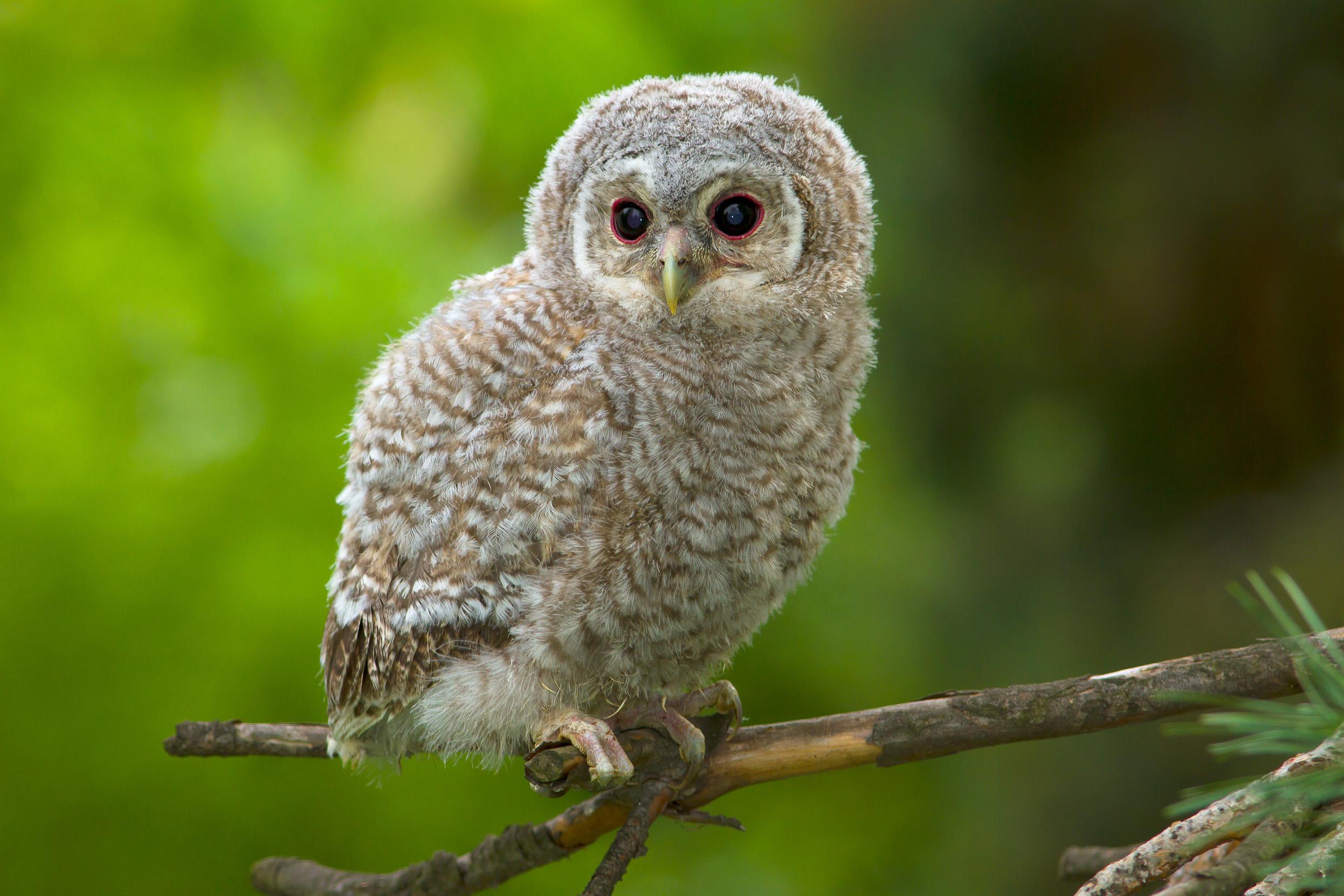
The Tawny Owl is a medium-sized owl found across Europe and parts of Asia. It is highly territorial and known for its distinctive hooting call.
Tawny Owls prefer woodlands and forests, where they hunt small mammals, birds, and insects.
- Region of Habitat: Europe and parts of Asia.
- Scientific Name: Strix aluco
- Place of Origin: Europe and Asia
- Feeding Habits: Carnivorous, feeding small mammals, birds, and insects.
- What Sound They Make: Hooting.
Fun Fact: The Tawny Owl is the most widespread in Europe and is known for its distinctive hooting call.
Highly territorial, it hunts small mammals, birds, and insects in woodlands and forests.
23. Teacup Chihuahua

Teacup Chihuahuas are a miniature version of the Chihuahua breed, known for their small size and big personalities.
These energetic and loyal dogs make great companions. They are popular pets but require careful handling due to their fragility.
- Region of Habitat: Domestic, worldwide.
- Scientific Name: Canis lupus
- Place of Origin: Mexico
- Feeding Habits: Omnivorous, typical dog diet.
- What Sound They Make: Barking, yapping.
Fun Fact: Teacup Chihuahuas, the smallest of their litters, are known for their big personalities.
Despite their tiny size, they are fearless and can be quite vocal, making them charming companions.
24. Teacup Maltese

The Teacup Maltese is a miniature version of the Maltese breed, known for its long, silky white coat and affectionate nature.
The Maltese has an ancient lineage and is believed to have originated in the Mediterranean region.
- Region of Habitat: Domestic, worldwide.
- Scientific Name: Canis lupus
- Place of Origin: Mediterranean region
- Feeding Habits: Omnivorous, typical dog diet.
- What Sound They Make: Barking.
Fun Fact: Teacup Maltese dogs are known for their long, silky white coats and affectionate nature.
These tiny dogs are playful and friendly, making them great companions.
25. Teacup Miniature Horse
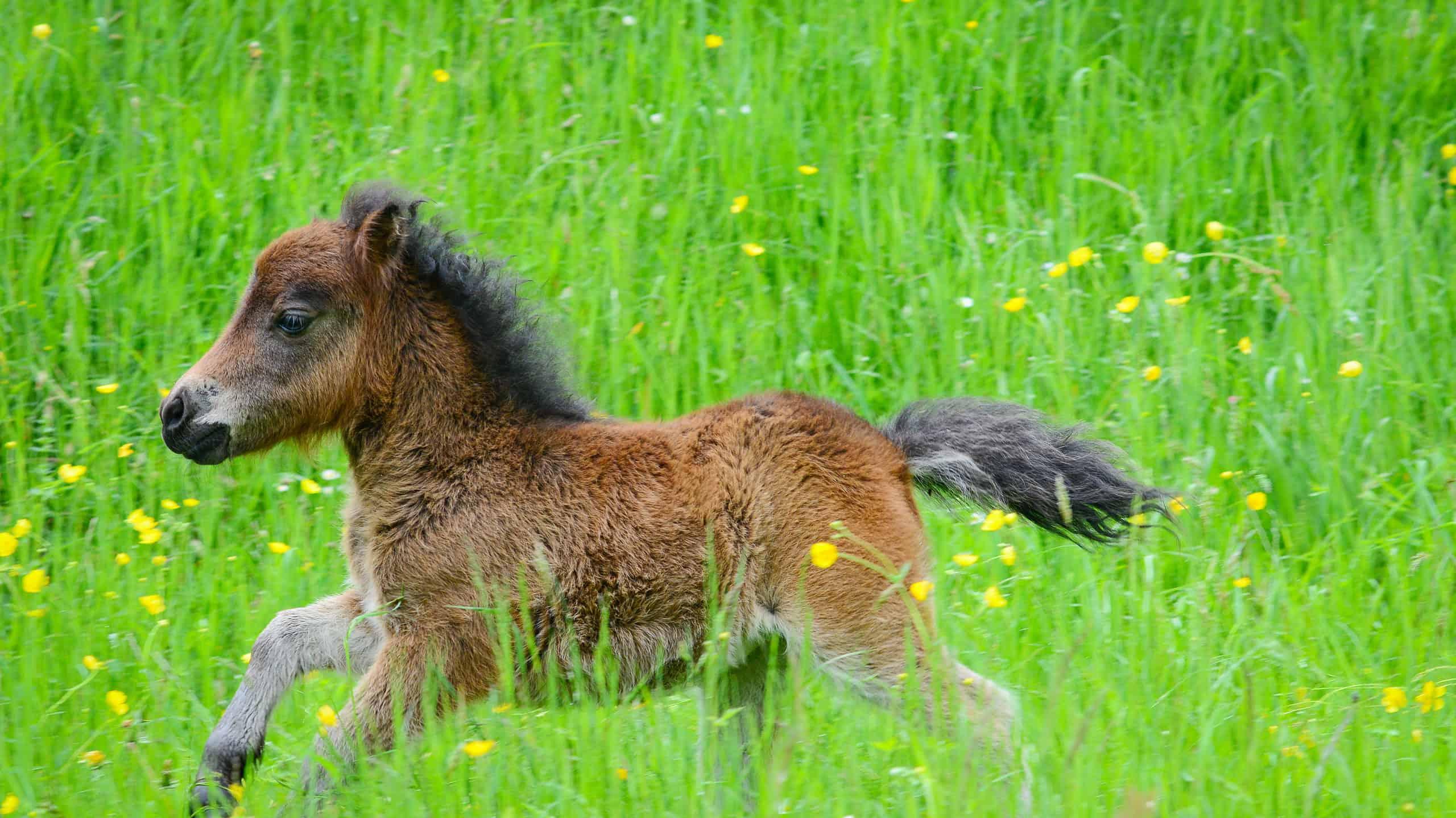
Teacup Miniature Horses are scaled-down versions of full-sized horses, bred to be small yet retain the proportions of their larger counterparts.
These tiny equines are often kept as pets or used in therapy programs.
- Region of Habitat: Domestic, worldwide.
- Scientific Name: Equus ferus caballus
- Place of Origin: Worldwide
- Feeding Habits: Herbivorous, feeding on hay and grains.
- What Sound They Make: Whinnying.
Fun Fact: Teacup Miniature Horses are scaled-down versions of full-sized horses, retaining their proportions.
Often kept as pets or used in therapy programs, they are friendly and gentle, requiring special care.
26. Teacup Poodle

The Teacup Poodle is the smallest variety of the Poodle breed. It is known for its intelligence, agility, and hypoallergenic coat.
These dogs are highly trainable and excel in obedience and agility competitions.
- Region of Habitat: Domestic, worldwide.
- Scientific Name: Canis lupus
- Place of Origin: Europe
- Feeding Habits: Omnivorous, typical dog diet.
- What Sound They Make: Barking.
Fun Fact: Teacup Poodles are the smallest variety of the Poodle breed, known for their intelligence and agility.
These affectionate dogs excel in obedience and agility competitions, making them popular pets.
27. Teddy Bear Hamster
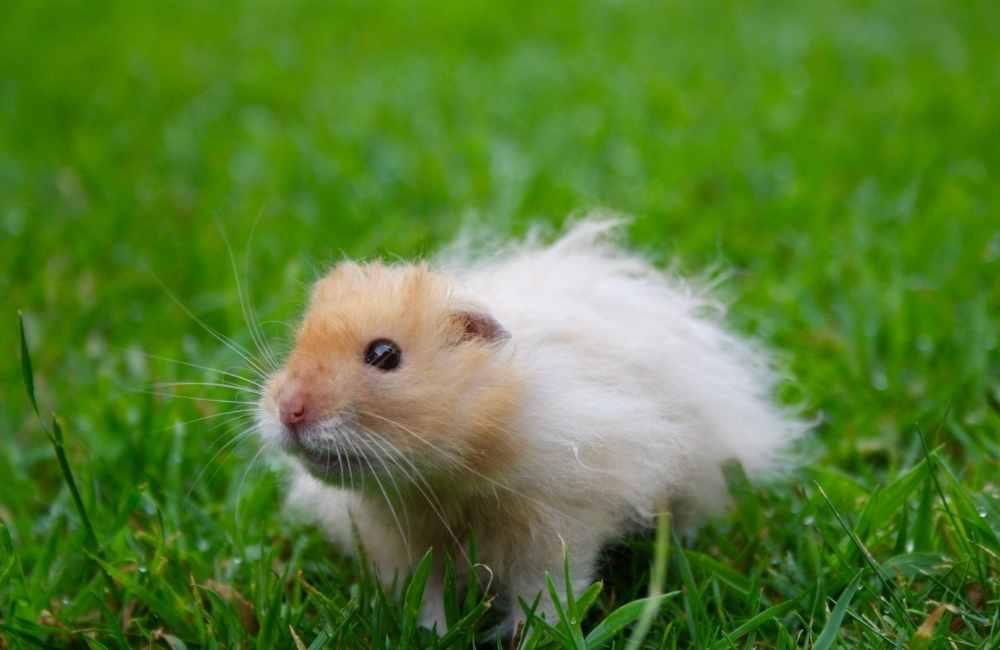
The Teddy Bear Hamster, also known as the Syrian Hamster, is a popular pet known for its long, soft fur and friendly nature.
These solitary hamsters require individual housing. They are nocturnal and enjoy burrowing and climbing.
- Region of Habitat: Domestic, originally from the Middle East.
- Scientific Name: Mesocricetus auratus
- Place of Origin: Middle East
- Feeding Habits: Herbivorous, feeding on grains, vegetables, and fruits.
- What Sound They Make: Squeaking.
Fun Fact: Teddy Bear Hamsters can stuff their cheek pouches with food equal to 20% of their body weight.
These nocturnal creatures are easy to care for and popular as pets.
28. Teddy Guinea Pig
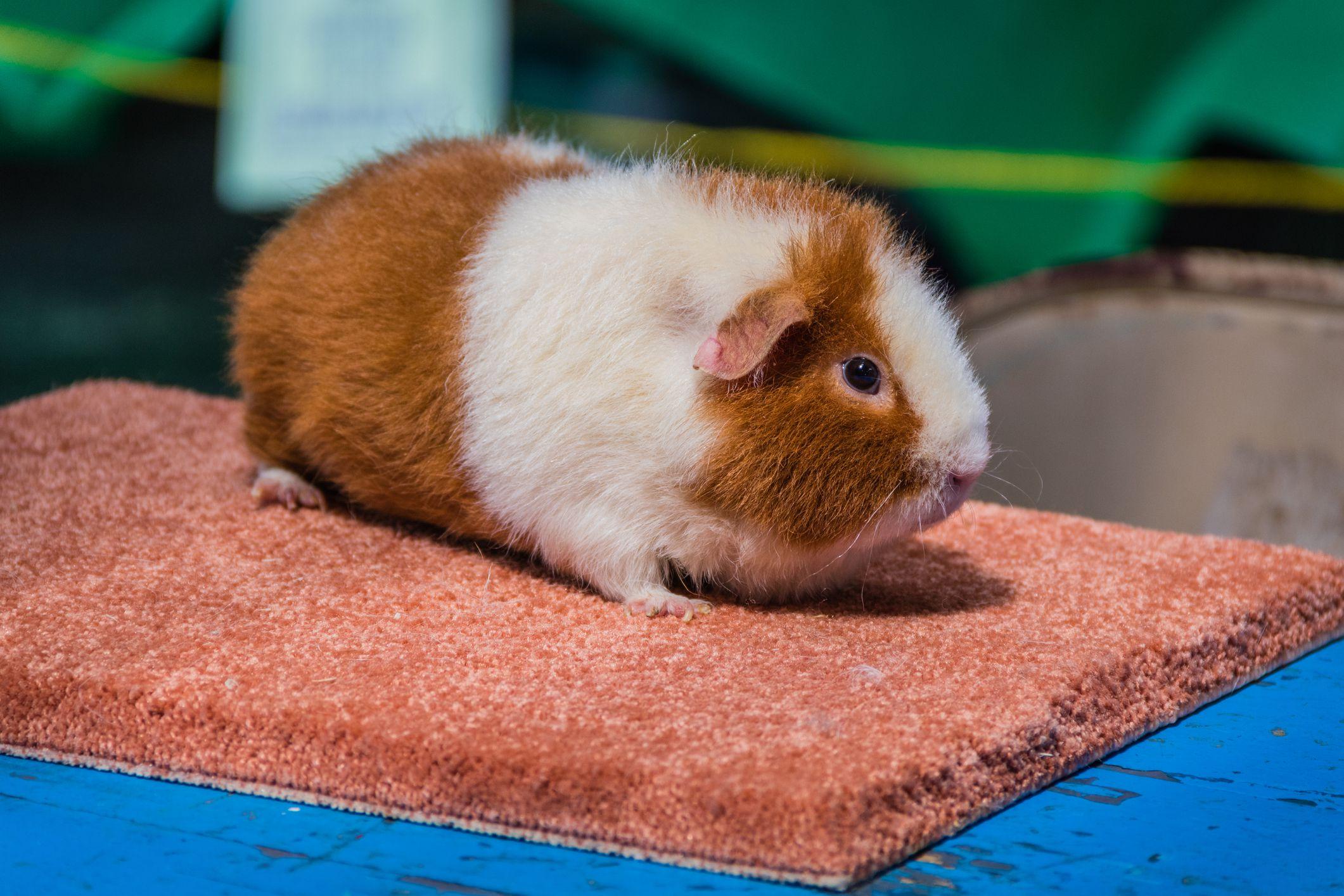
Teddy Guinea Pigs are a breed of guinea pig known for their dense, short fur that resembles a teddy bear. They are social animals and enjoy the company of other guinea pigs.
Teddies are popular pets because of their friendly and vocal nature.
- Region of Habitat: Domestic, worldwide.
- Scientific Name: Cavia porcellus
- Place of Origin: South America
- Feeding Habits: Herbivorous, feeding on hay, vegetables, and fruits.
- What Sound They Make: Wheeking, purring.
Fun Fact: Teddy Guinea Pigs are named for their dense, short fur that resembles a teddy bear.
These social animals enjoy the company of other guinea pigs and require regular grooming to maintain their coats.
29. Teddy Roosevelt Terrier

The Teddy Roosevelt Terrier is a small, muscular dog breed named in honor of President Theodore Roosevelt.
These dogs are known for their hunting abilities and were originally bred for ratting.
- Region of Habitat: Domestic, primarily in the United States.
- Scientific Name: Canis lupus
- Place of Origin: United States
- Feeding Habits: Omnivorous, typical dog diet.
- What Sound They Make: Barking.
Fun Fact: The Teddy Roosevelt Terrier, named in honor of President Theodore Roosevelt, was originally bred for ratting. These loyal, intelligent, and energetic dogs make great family pets.
30. Telescope Fish
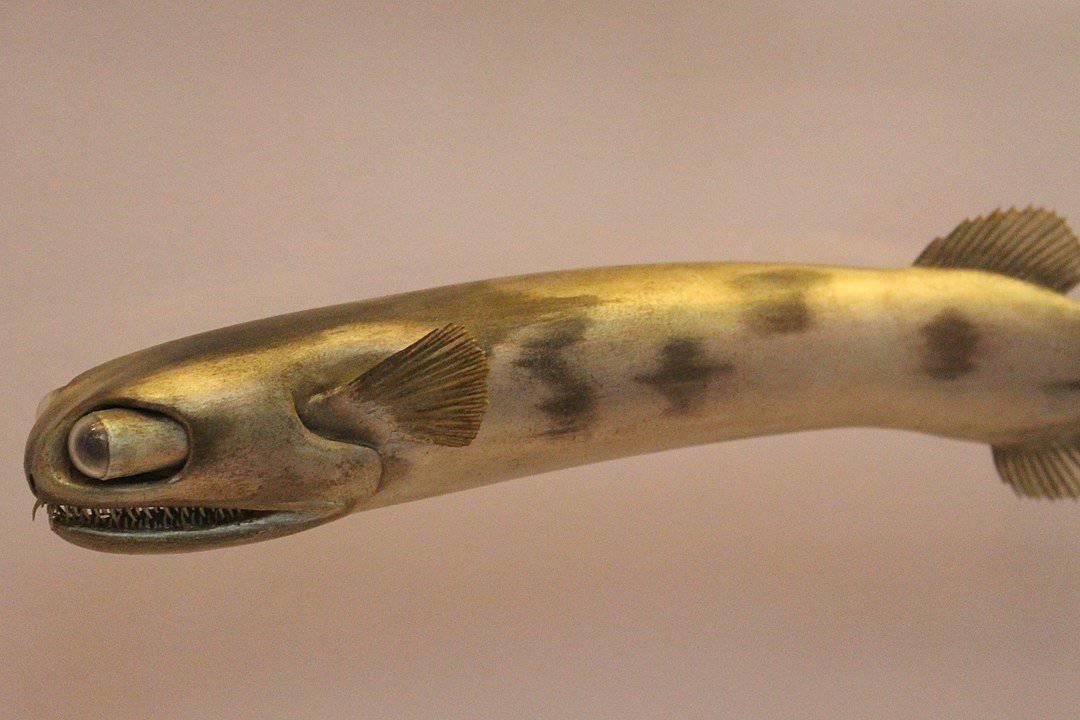
The Telescope Fish is a deep-sea fish known for its tubular eyes that protrude from its head.
These eyes provide excellent vision in the ocean’s dark depths, and these fish are rarely seen due to their deep-sea habitat.
- Region of Habitat: Deep-sea regions of tropical and subtropical oceans.
- Scientific Name: Gigantura
- Place of Origin: Deep-sea oceans worldwide
- Feeding Habits: Carnivorous, feeding on smaller fish and crustaceans.
- What Sound They Make: Silent.
Fun Fact: Telescope Fish, known for their tubular eyes, provide excellent vision in the ocean’s dark depths.
Their elongated bodies and large mouths allow them to swallow prey larger than themselves.
31. Ten-Lined June Beetle
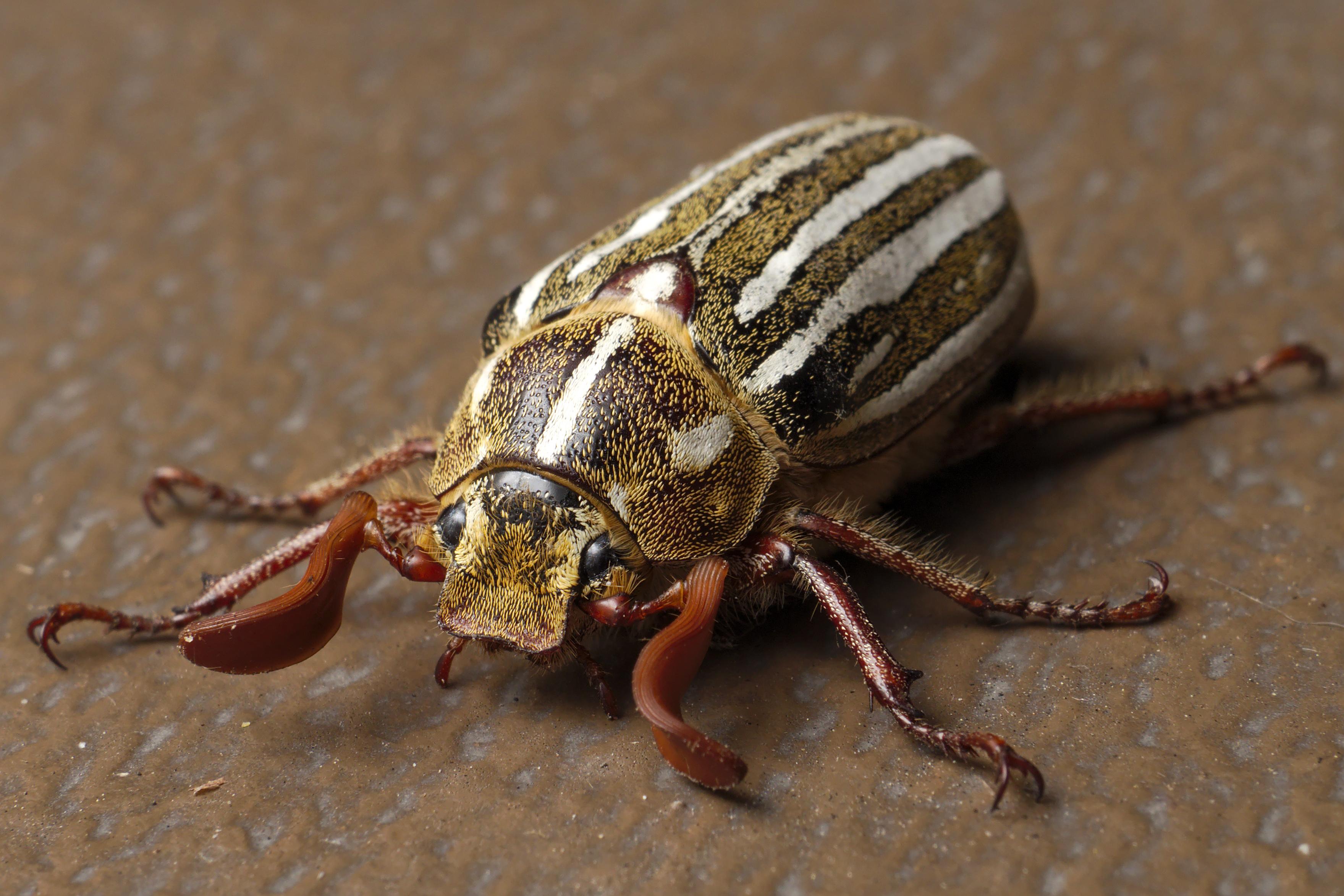
The Ten-Lined June Beetle is a large beetle known for the distinctive white lines running down its back.
These beetles are active at night and are attracted to lights. The larvae develop underground and can damage plant roots.
- Region of Habitat: North America.
- Scientific Name: Polyphylla decemlineata
- Place of Origin: North America
- Feeding Habits: Herbivorous, feeding on plant roots.
- What Sound They Make: Buzzing.
Fun Fact: Ten-lined June Beetles can take up to four years to complete one generation.
These nocturnal beetles are attracted to lights and can cause a nuisance due to their large size and loud buzzing.
32. Tennessee Walking Horse
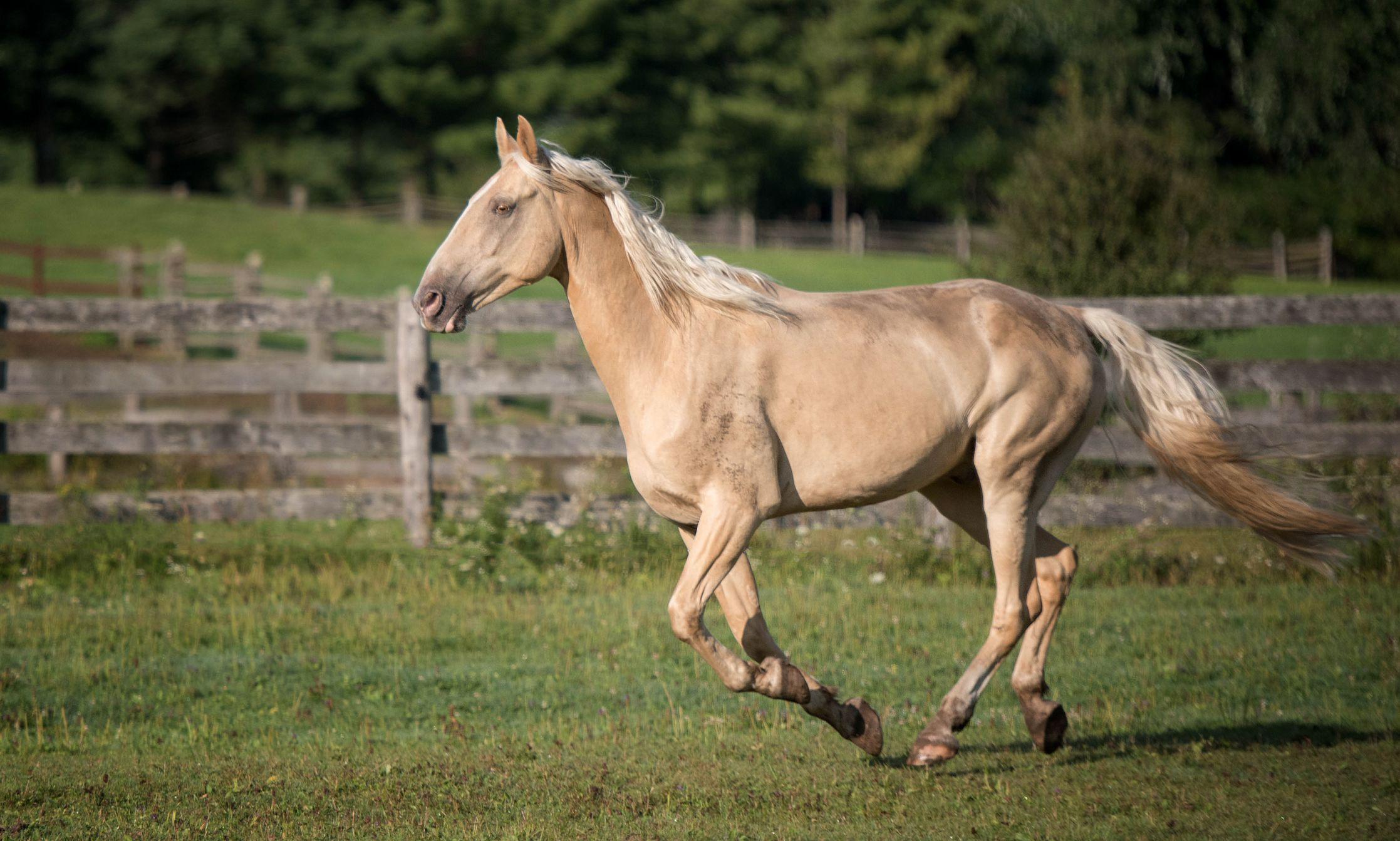
The Tennessee Walking Horse is a breed of gaited horse known for its smooth running walk.
Due to their calm behavior and elegant movement, these horses are popular for riding and showing.
Tennessee Walkers have long necks and come in various colors.
- Region of Habitat: Primarily in the United States.
- Scientific Name: Equus ferus caballus
- Place of Origin: United States
- Feeding Habits: Herbivorous, feeding on hay and grains.
- What Sound They Make: Whinnying, neighing.
Fun Fact: Tennessee Walking Horses are celebrated annually in a national event for their smooth running walk.
Known for their calm behavior and elegant movement, they are popular for riding and showing.
33. Tenrec
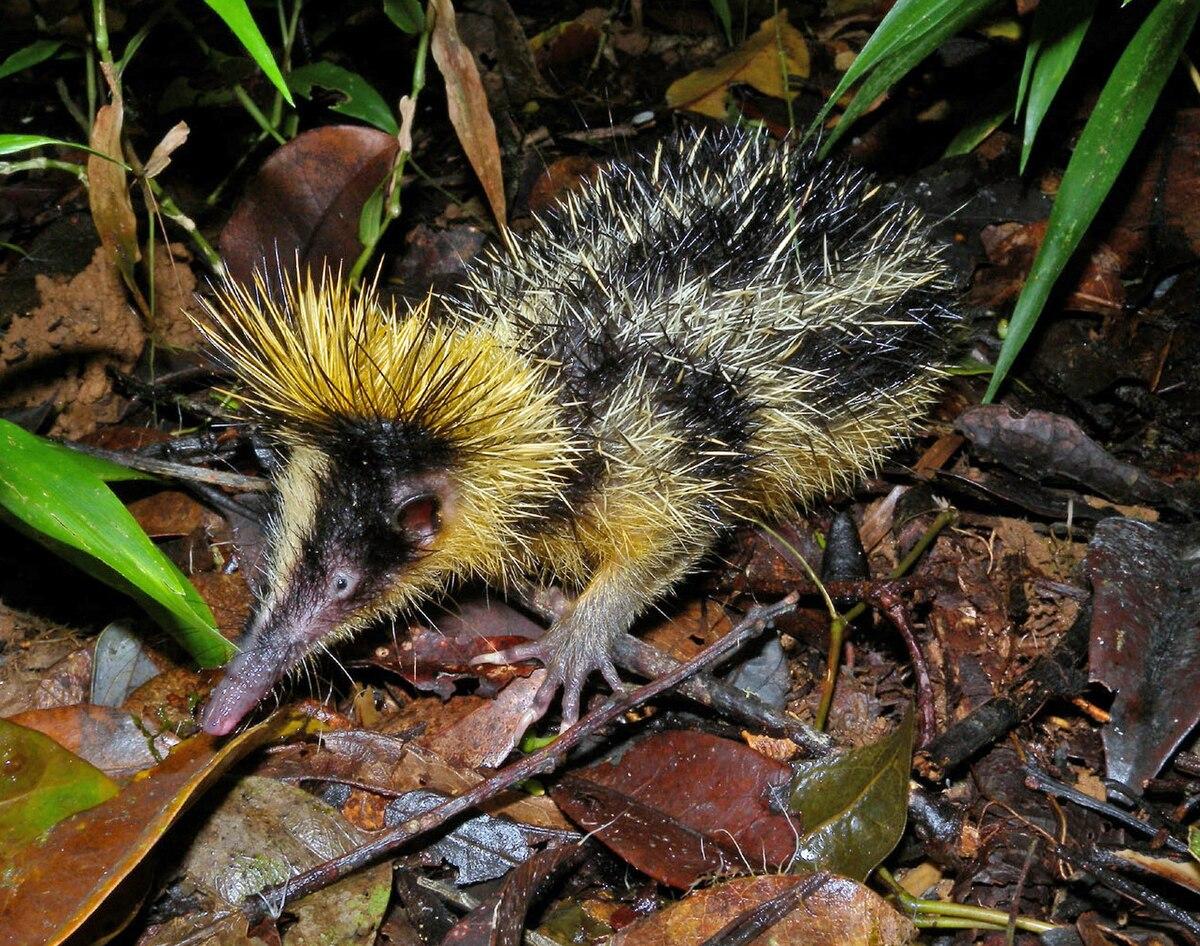
Tenrecs are small, insectivorous mammals native to Madagascar. They resemble hedgehogs with a similar defensive behavior of rolling into a ball.
Tenrecs are nocturnal and have diverse habitats, from rainforests to dry areas.
- Region of Habitat: Madagascar
- Scientific Name: Tenrecidae
- Place of Origin: Madagascar
- Feeding Habits: Insectivorous, feeding on insects and small invertebrates.
- What Sound They Make: Squeaking.
Fun Fact: Tenrecs, resembling hedgehogs, are small insectivorous mammals native to Madagascar.
They are known for their ability to adapt to various environments, from rainforests to dry areas.
34. Tent Caterpillar
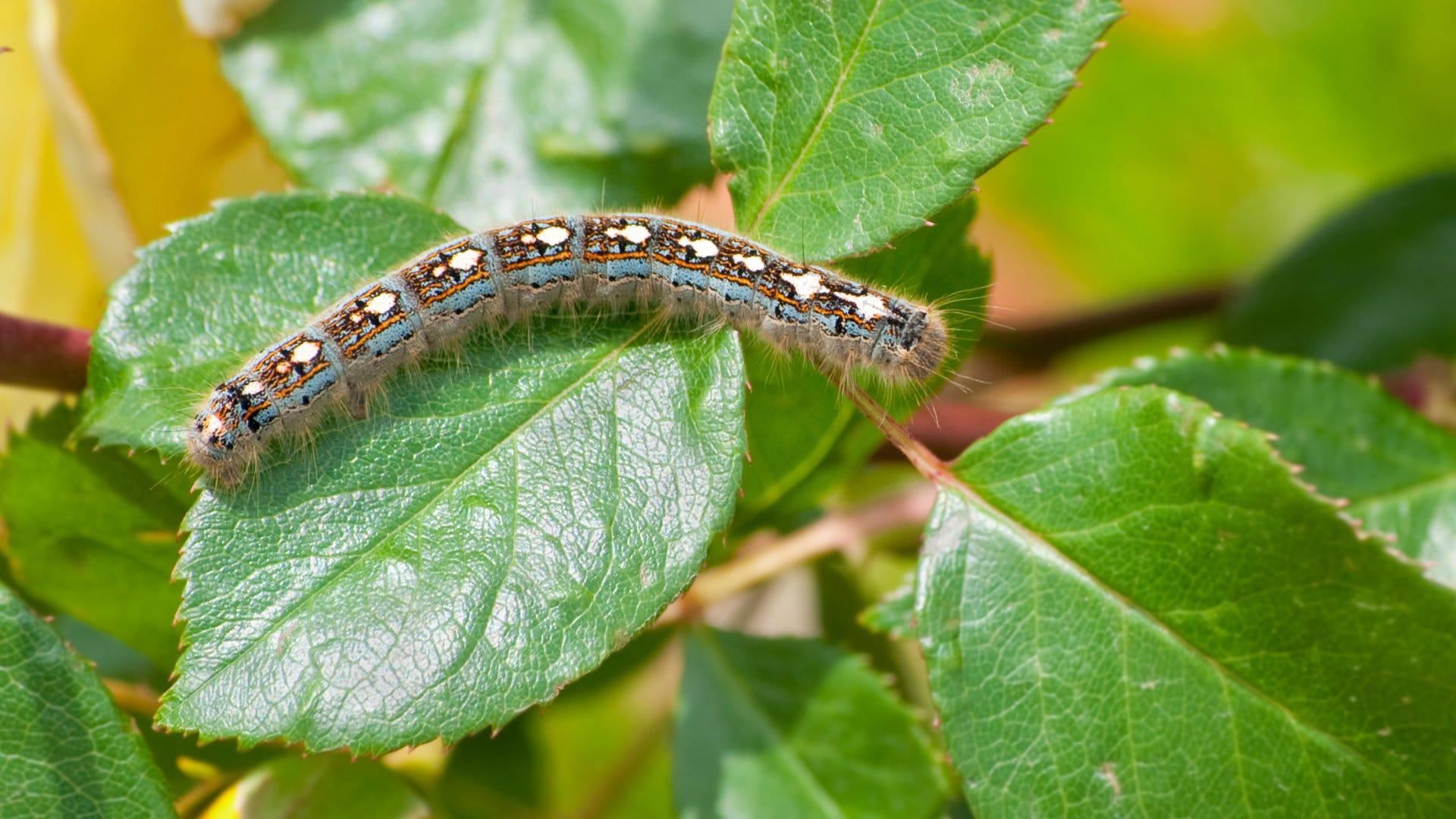
Tent Caterpillars are the larval stage of certain moth species. They are named for the silken tents they construct in trees where they feed on leaves.
These caterpillars can cause significant damage to trees and are considered pests.
They are known for their social behavior and for living and feeding in groups.
- Region of Habitat: North America, Europe, and Asia.
- Scientific Name: Malacosoma
- Place of Origin: Worldwide
- Feeding Habits: Herbivorous, feeding on tree leaves.
- What Sound They Make: Silent.
Fun Fact: Tent Caterpillars are known for building silken nests in trees where they feed on leaves.
These social caterpillars can cause significant damage to trees and are considered pests.
35. Tentacled Snake
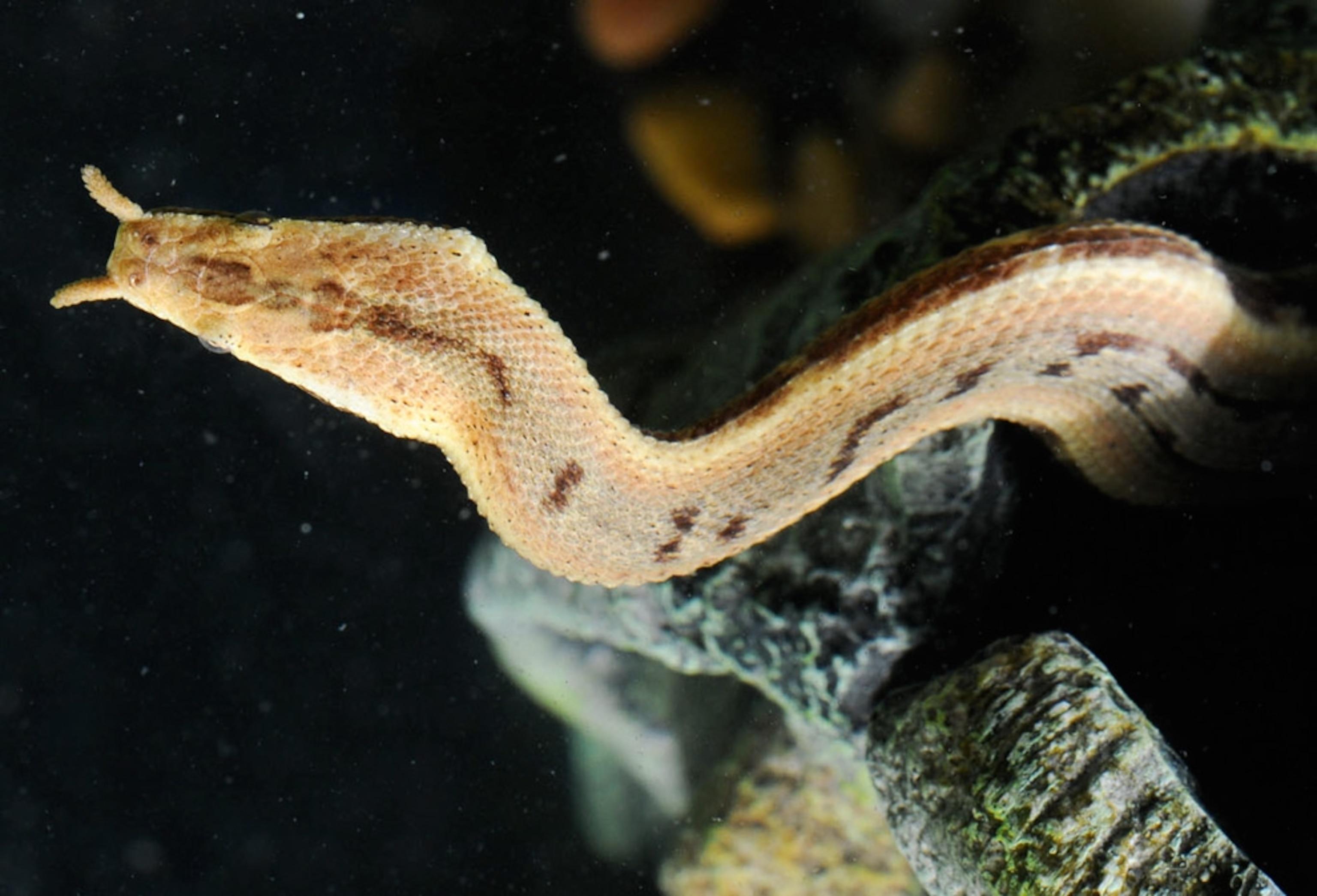
The Tentacled Snake is an aquatic snake found in Southeast Asia. It is known for the unique tentacles on its snout, which are sensitive to vibrations and help detect prey.
- Region of Habitat: Southeast Asia, including Thailand and Vietnam.
- Scientific Name: Erpeton tentaculatum
- Place of Origin: Southeast Asia
- Feeding Habits: Carnivorous, feeding on fish.
- What Sound They Make: Silent.
Fun Fact: The Tentacled Snake uses its unique tentacles to detect vibrations in the water.
These aquatic snakes are ambush predators, camouflaging in muddy water to catch fish.
36. Tenterfield Terrier

The Tenterfield Terrier is a small, energetic dog breed from Australia. It is known for its intelligence, agility, and friendly nature. Tenterfield Terriers were originally bred for hunting.
- Region of Habitat: Domestic, primarily in Australia.
- Scientific Name: Canis lupus
- Place of Origin: Australia
- Feeding Habits: Omnivorous, typical dog diet.
- What Sound They Make: Barking.
Fun Fact: Tenterfield Terriers, known for their intelligence and agility, were originally bred for hunting.
These energetic dogs excel in agility competitions and are loyal companions for active families.
37. Termite
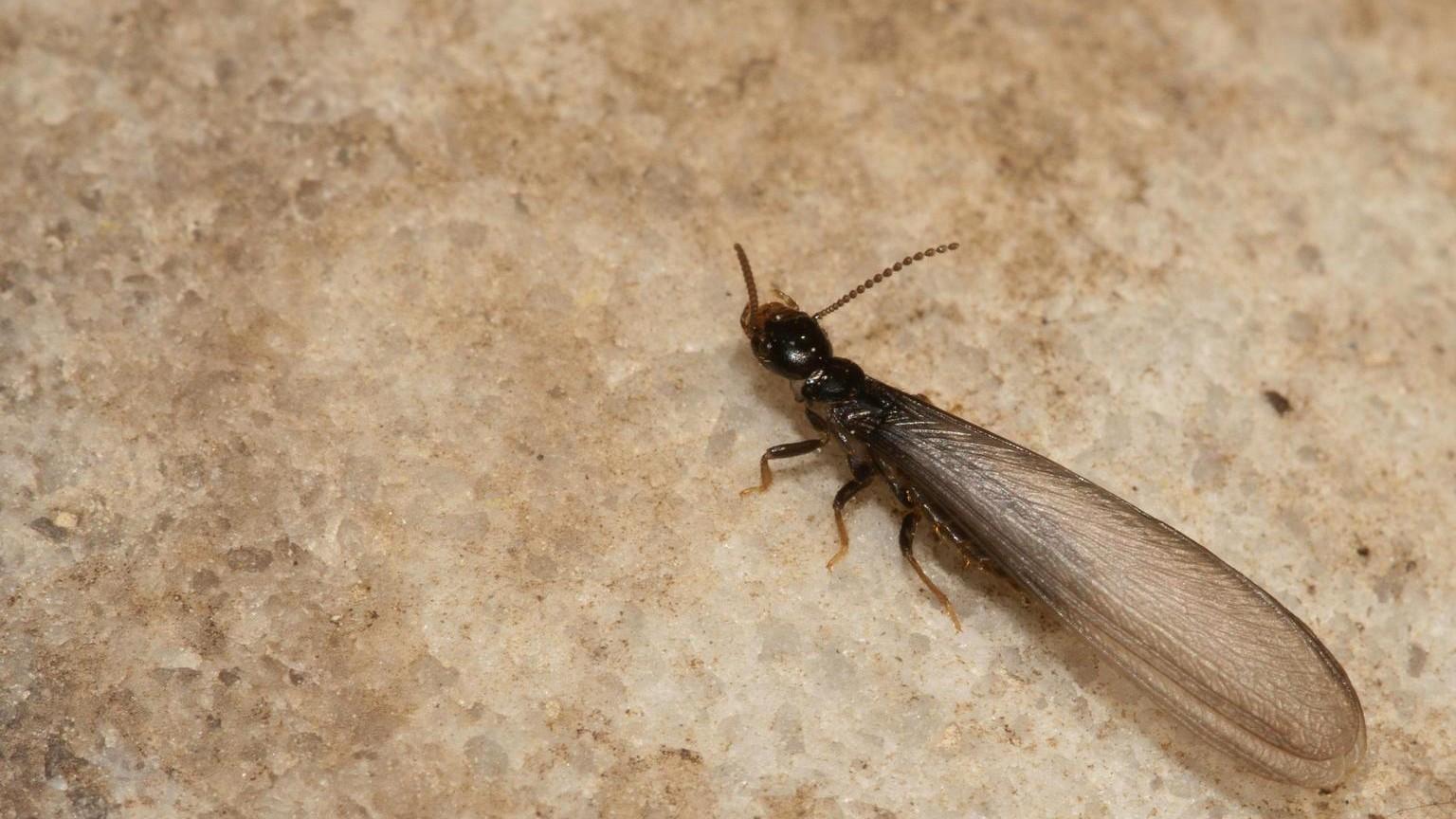
Termites are eusocial insects known for their destructive behavior. They feed on wood and cause significant structural damage.
They live in colonies with a complex social structure, including workers, soldiers, and a queen.
- Region of Habitat: Worldwide, primarily in tropical and subtropical areas.
- Scientific Name: Isoptera
- Place of Origin: Worldwide
- Feeding Habits: Herbivorous, feeding on wood.
- What Sound They Make: Clicking.
Fun Fact: Termites are responsible for $5 billion in property damage annually.
Living in colonies with complex social structures, they play an important role in breaking down dead plant material.
38. Terrier

Terriers are diverse dog breeds known for their aggressive and energetic personalities. They were originally bred for hunting and pest control.
Terriers come in various sizes and coat types, ranging from small to large.
They are loyal and intelligent and make excellent companions for active individuals.
- Region of Habitat: Domestic, worldwide.
- Scientific Name: Canis lupus
- Place of Origin: Worldwide
- Feeding Habits: Omnivorous, typical dog diet.
- What Sound They Make: Barking.
Fun Fact: Terriers are known for their fearless and lively personalities. Originally bred for hunting and pest control, they come in various sizes and make excellent companions for active individuals.
39. Terror Bird

The Terror Bird was a large, flightless bird in South America during the Cenozoic era.
These birds were apex predators characterized by their large beaks and powerful legs.
They were fast runners and used their beaks to catch and kill prey.
- Region of Habitat: Prehistoric South America.
- Scientific Name: Phorusrhacidae
- Place of Origin: South America
- Feeding Habits: Carnivorous, feeding on small mammals and reptiles.
- What Sound They Make: Silent (extinct).
Fun Fact: Terror Birds, large flightless birds from prehistoric South America, had pick-ax-like beaks.
These apex predators became extinct around 1.8 million years ago but were formidable hunters.
40. Tetra
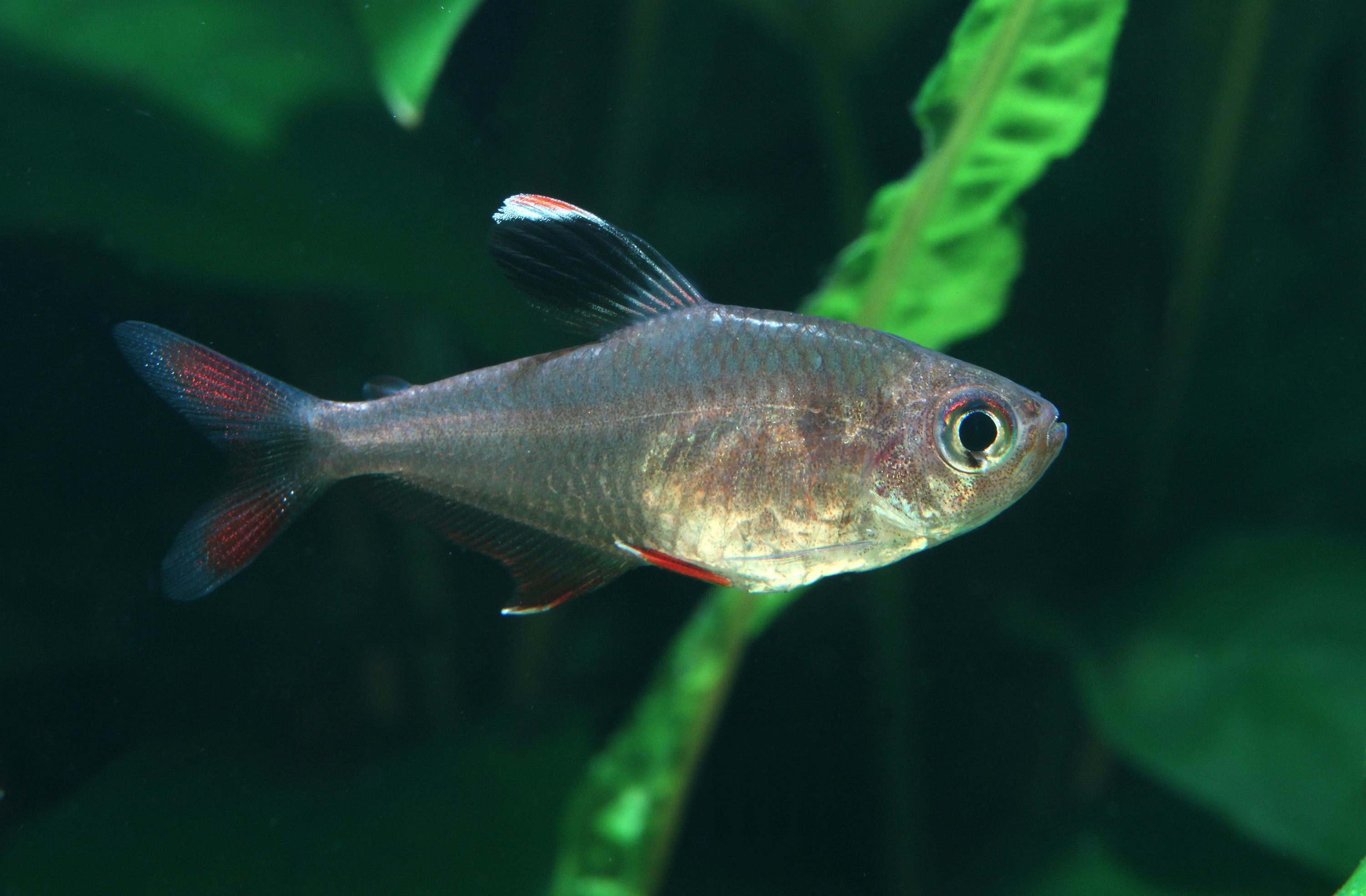
Tetras are small, colorful freshwater fish popular in the aquarium trade. They are peaceful and can be kept in community tanks with other non-aggressive fish.
Tetras are native to the streams and rivers of South America and are known for their bright colors and active swimming behavior.
- Region of Habitat: Freshwater streams of South America.
- Scientific Name: Characidae
- Place of Origin: South America
- Feeding Habits: Omnivorous, feeding on small invertebrates and plant matter.
- What Sound They Make: Silent.
Fun Fact: Tetras are popular tropical freshwater fish known for their bright colors.
They are peaceful and active swimmers, often kept in community aquariums.
41. Texas Blind Snake

The Texas Blind Snake is a small, burrowing snake in the southern United States.
It has a worm-like appearance and is often mistaken for an earthworm. They feed on ants, termites, and other small insects.
- Region of Habitat: Southern United States.
- Scientific Name: Rena dulcis
- Place of Origin: United States
- Feeding Habits: Insectivorous, feeding on ants, termites, and small insects.
- What Sound They Make: Silent.
Fun Fact: The Texas Blind Snake, often mistaken for an earthworm, has poor eyesight and relies on smell and touch to navigate.
It is harmless to humans and helps control ant and termite populations.
42. Texas Brown Tarantula
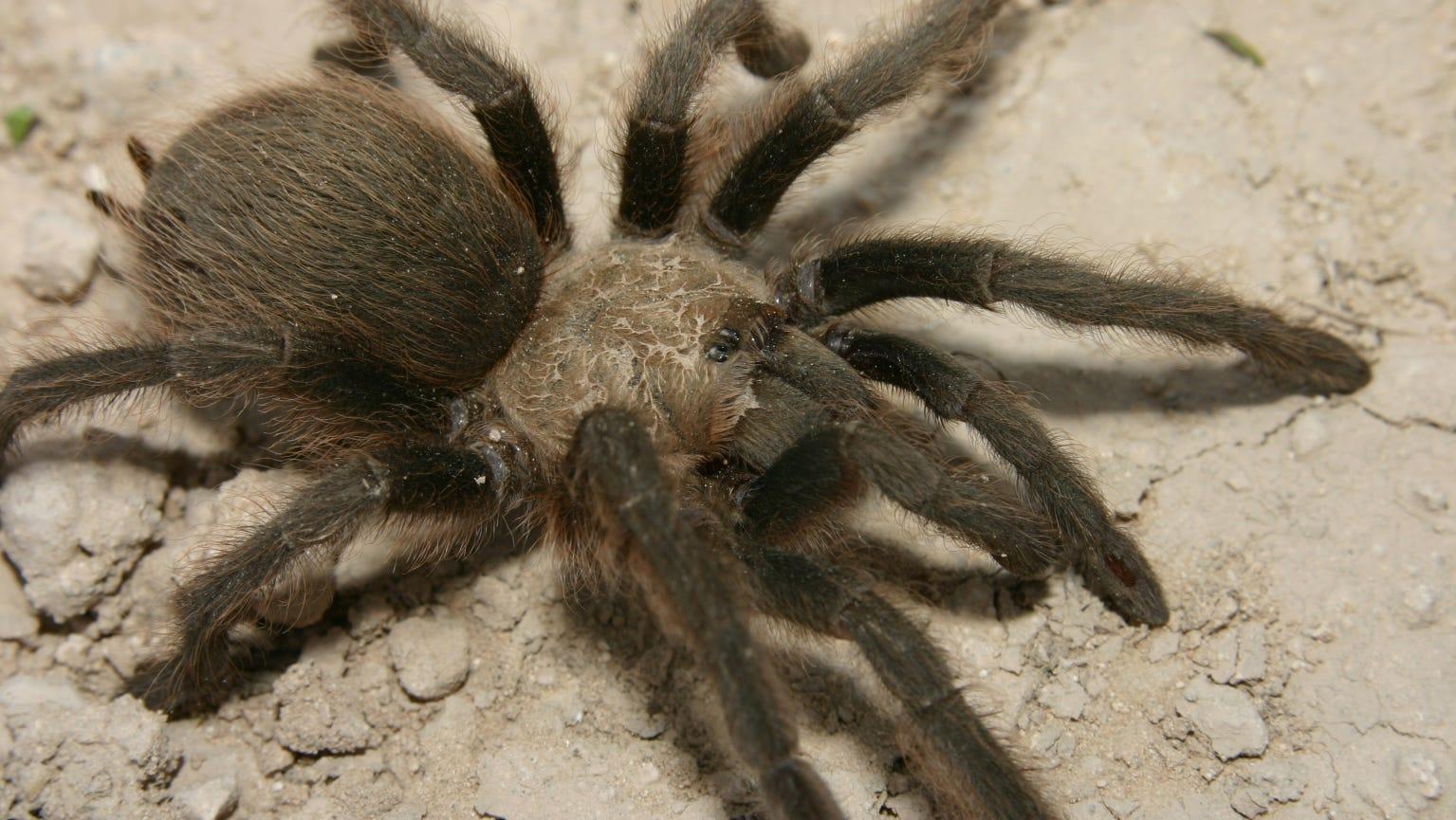
The Texas Brown Tarantula is a large, hairy spider native to the southern United States.
These tarantulas live in caves and hunt at night.
- Region of Habitat: Southern United States.
- Scientific Name: Aphonopelma hentzi
- Place of Origin: United States
- Feeding Habits: Carnivorous, feeding on insects and small vertebrates.
- What Sound They Make: Silent.
Fun Fact: The Texas Brown Tarantula, known for its docile nature, is a popular pet among enthusiasts.
Despite their intimidating appearance, they are non-aggressive, and their bite is not harmful to humans.
43. Texas Coral Snake
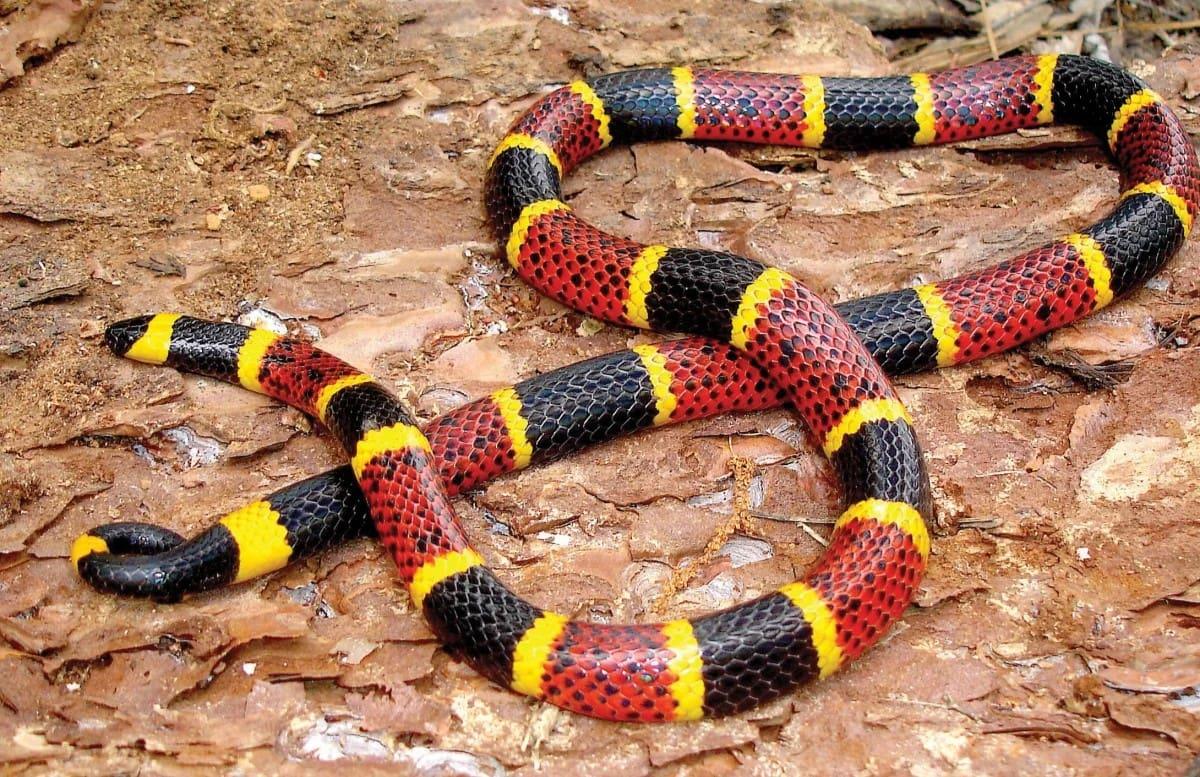
The Texas Coral Snake is highly venomous in the southern United States.
These snakes are shy and solitary, preferring hiding under logs and debris.
- Region of Habitat: Southern United States.
- Scientific Name: Micrurus tener
- Place of Origin: United States
- Feeding Habits: Carnivorous, feeding on small reptiles and amphibians.
- What Sound They Make: Hissing.
Fun Fact: The Texas Coral Snake, recognized by its bright red, yellow, and black banding, has the second most powerful venom in the world. However, bites are rare due to their introverted nature.
44. Texas Garter Snake
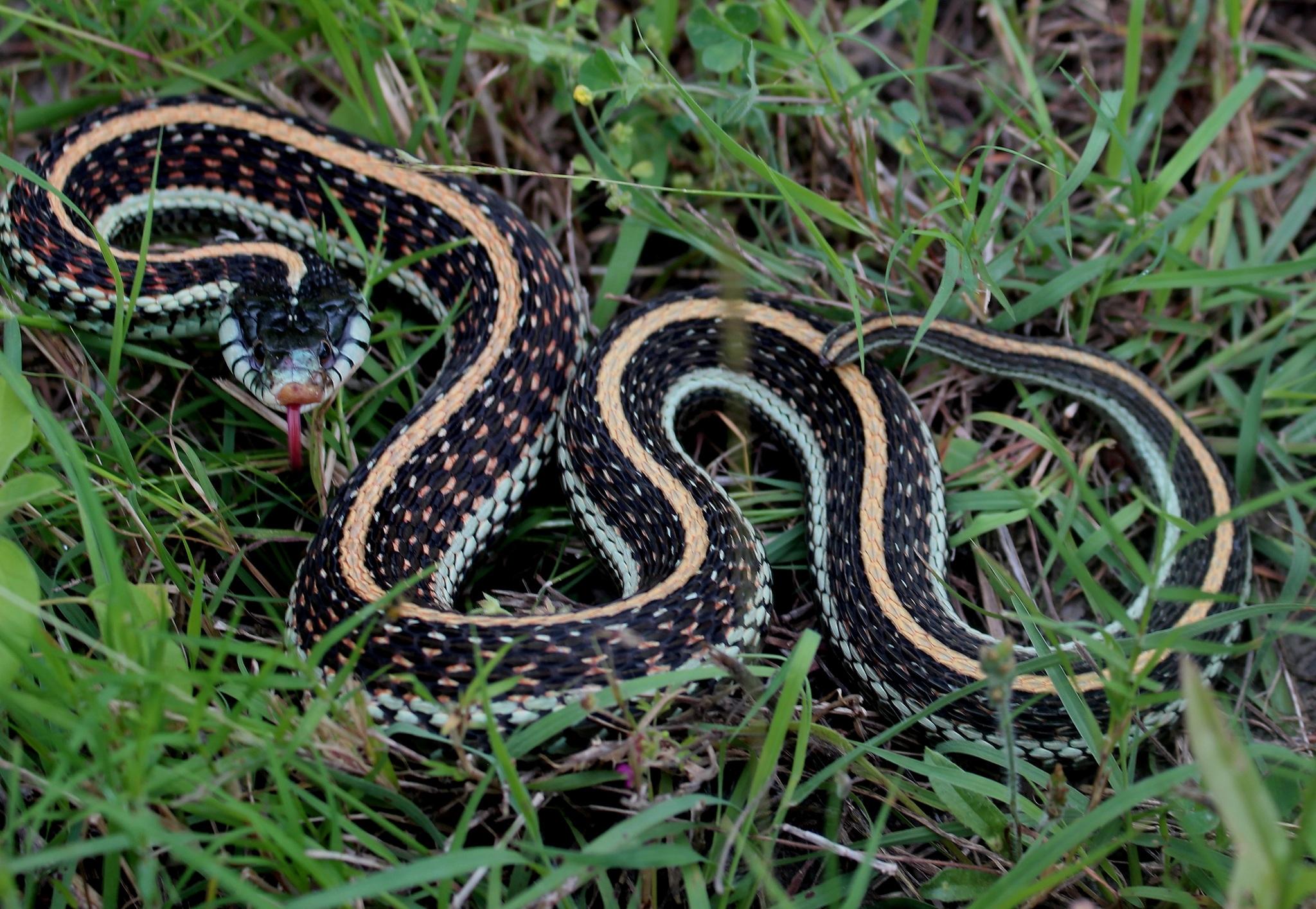
The Texas Garter Snake is a subspecies of the common garter snake found in central Texas.
Texas Garter Snakes are known for their distinctive stripes running along their bodies.
- Region of Habitat: Central Texas.
- Scientific Name: Thamnophis sirtalis annectens
- Place of Origin: United States
- Feeding Habits: Carnivorous, feeding small fish, amphibians, and invertebrates.
- What Sound They Make: Hissing.
Fun Fact: The Texas Garter Snake emits a foul-smelling musk when handled.
These non-venomous snakes are beneficial for controlling pest populations in gardens and residential areas.
45. Texas Heeler

The Texas Heeler is a crossbreed between the Australian Cattle Dog and the Australian Shepherd.
Texas heelers are often used as herding dogs and make excellent companions for active families.
- Region of Habitat: Domestic, primarily in the United States.
- Scientific Name: Canis lupus
- Place of Origin: United States
- Feeding Habits: Omnivorous, typical dog diet.
- What Sound They Make: Barking.
Fun Fact: Texas Heelers are shy around strangers but loyal to family.
They are known for their intelligence, agility, and strong work ethic.
46. Texas Indigo Snake
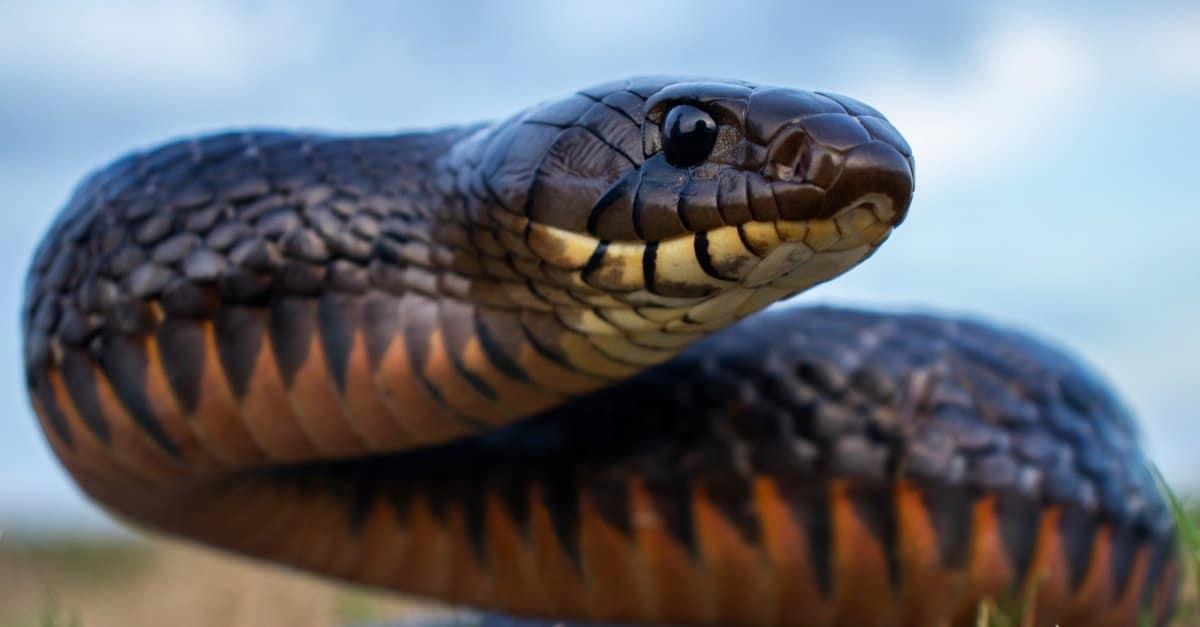
The Texas Indigo Snake is a large, non-venomous snake found in southern Texas and northeastern Mexico.
It is known for its iridescent blue-black coloration. These snakes are active hunters and feed on various prey, including rattlesnakes.
- Region of Habitat: Southern Texas and Northeastern Mexico.
- Scientific Name: Drymarchon melanurus erebennus
- Place of Origin: United States and Mexico
- Feeding Habits: Carnivorous, feeding small mammals, birds, and reptiles.
- What Sound They Make: Hissing.
Fun Fact: The Texas Indigo Snake, known for eating rattlesnakes, has a sparkling blue-black coloration.
They are non-venomous and popular among ranchers for controlling rodent populations.
47. Texas Night Snake
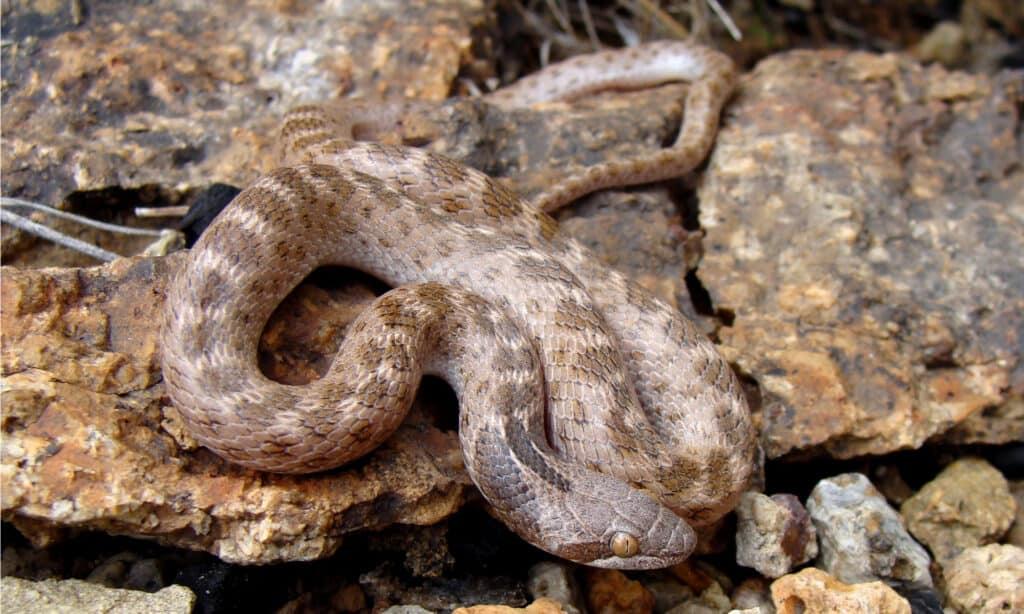
The Texas Night Snake is a small, nocturnal snake found in the southwestern United States and northern Mexico.
It has a slender body and large eyes adapted for night vision. They feed on small reptiles, amphibians, and insects.
- Region of Habitat: Southwestern United States and northern Mexico.
- Scientific Name: Hypsiglena jani
- Place of Origin: United States and Mexico
- Feeding Habits: Carnivorous, feeding small reptiles, amphibians, and insects.
- What Sound They Make: Silent.
Fun Fact: The Texas Night Snake, with vertical pupils for better night vision, is mildly venomous but harmless to humans.
These small, nocturnal snakes feed on reptiles, amphibians, and insects.
48. Texas Rat Snake
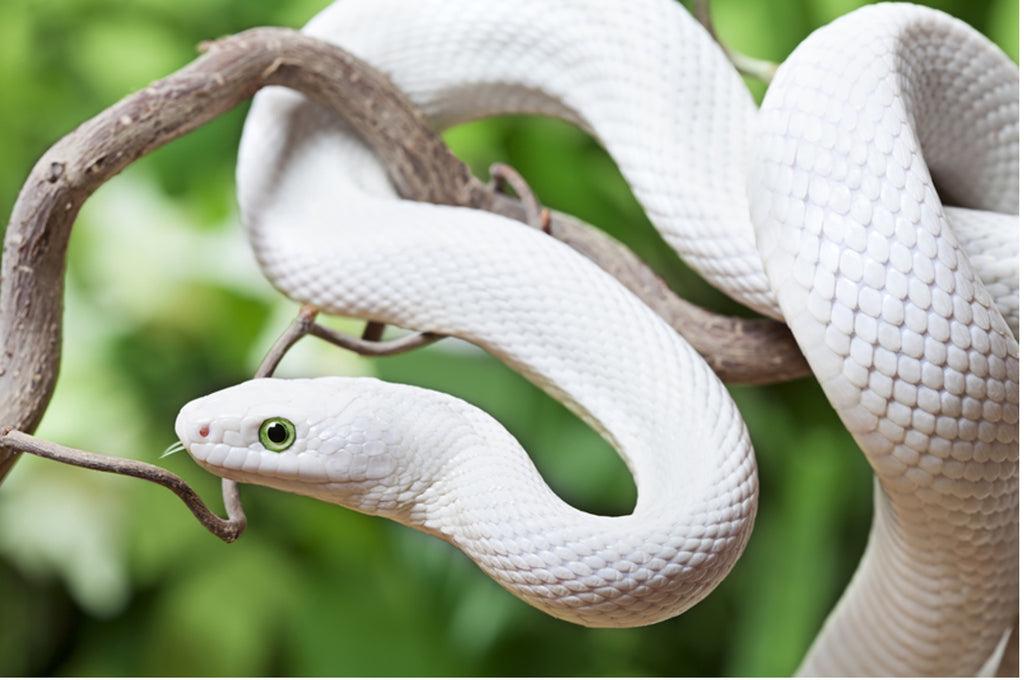
The Texas Rat Snake is a large, non-venomous snake commonly found in the south-central United States.
These snakes are known for their climbing abilities and are often seen in trees and buildings.
- Region of Habitat: South-central United States.
- Scientific Name: Pantherophis obsoletus lindheimeri
- Place of Origin: United States
- Feeding Habits: Carnivorous, feeding on rodents and birds.
- What Sound They Make: Hissing.
Fun Fact: The Texas Rat Snake is a common subspecies of the western rat snake.
Known for their climbing abilities, they are beneficial for controlling rodent populations and are harmless to humans.
49. Texas Spiny Lizard
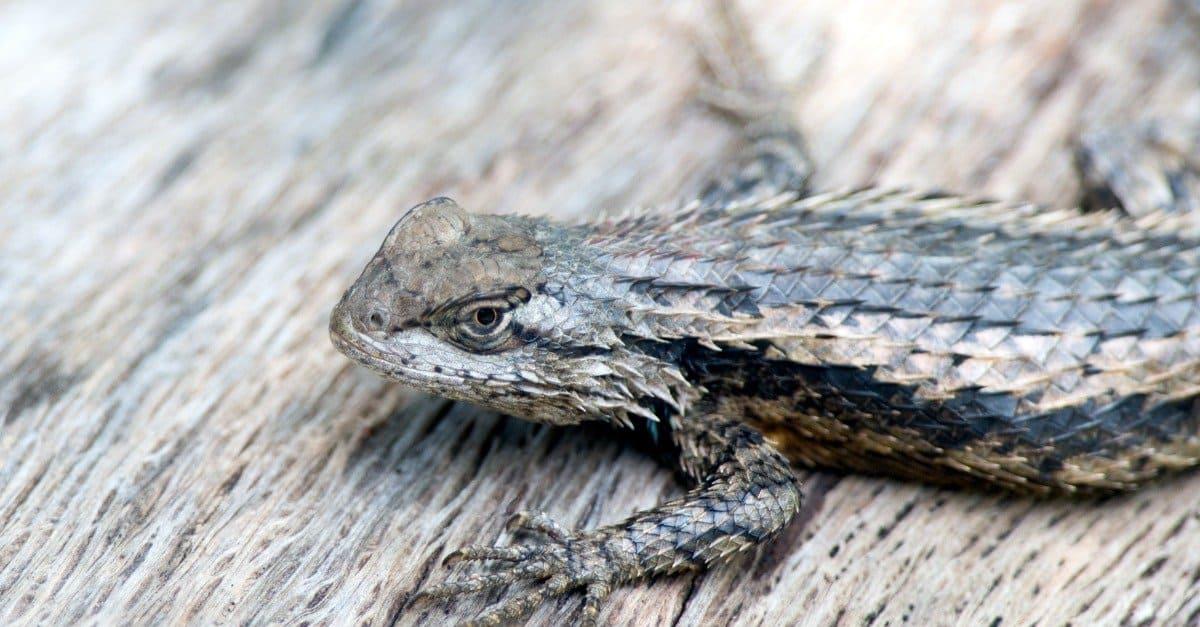
The Texas Spiny Lizard is a small reptile native to the south-central United States.
It is known for its rough, spiny scales and agile climbing abilities. These lizards are commonly found in trees and shrubs.
They feed on insects and are harmless to humans.
- Region of Habitat: South-central United States.
- Scientific Name: Sceloporus olivaceus
- Place of Origin: United States
- Feeding Habits: Insectivorous, feeding on insects.
- What Sound They Make: Silent.
Fun Fact: The Texas Spiny Lizard is known for its rough, spiny scales and agile climbing abilities.
These lizards, often seen basking in the sun, are harmless and feed on insects.
50. Thai Ridgeback

The Thai Ridgeback is a rare and ancient dog breed from Thailand, known for the distinctive ridge of hair running along its back.
These dogs are intelligent, independent, and loyal to their families. Thai Ridgebacks were originally used for hunting and guarding, requiring consistent training and socialization.
- Region of Habitat: Domestic, primarily in Thailand.
- Scientific Name: Canis lupus
- Place of Origin: Thailand
- Feeding Habits: Omnivorous, typical dog diet.
- What Sound They Make: Barking.
Fun Fact: The Thai Ridgeback, known for its ridge of hair running along its back, was originally used to hunt cobras in Thailand.
These intelligent and independent dogs are loyal to their families.
Conclusion
As we wrap up our journey through the animal kingdom, it’s clear that animals that start with T are a diverse and captivating group.
From the tiny tarsier to the towering tiger, each creature we’ve explored has its unique story and place in nature.
These T-named animals remind us of our planet’s incredible diversity of life.
They inspire wonder and curiosity, urging us to learn more about the world around us.
What was your favorite animal on this list? Perhaps you’ve discovered a mesmerizing creature you’d like to learn more about.
We encourage you to keep exploring and appreciating the amazing variety of animals that start with T and beyond.
Remember, every animal plays a vital role in its ecosystem. Let’s do our part to protect and preserve these incredible creatures for future generations.

